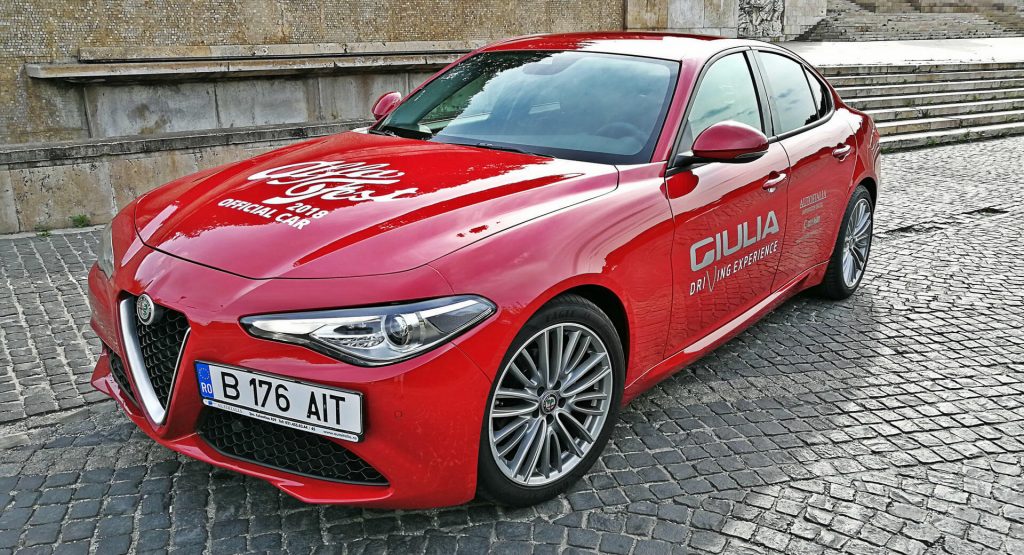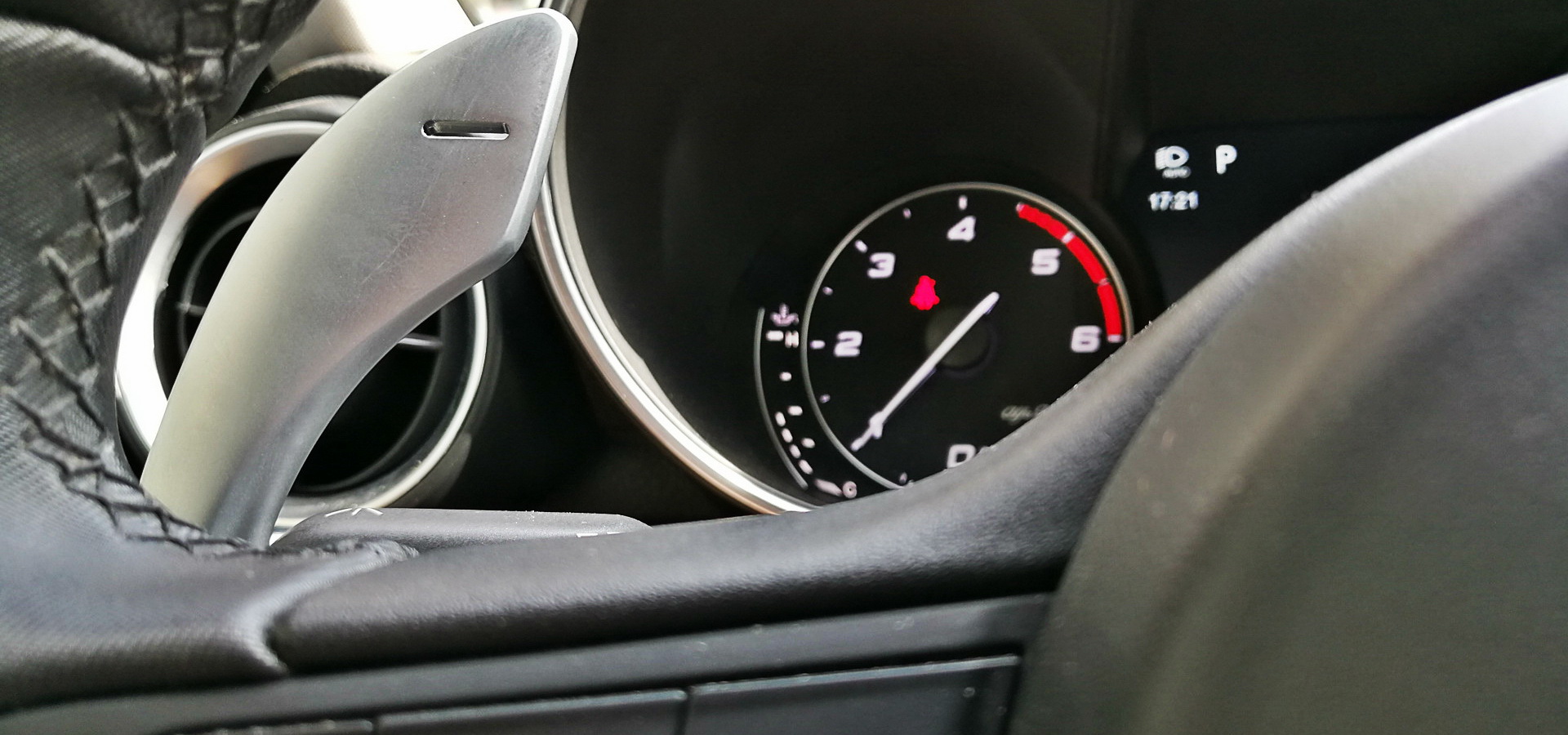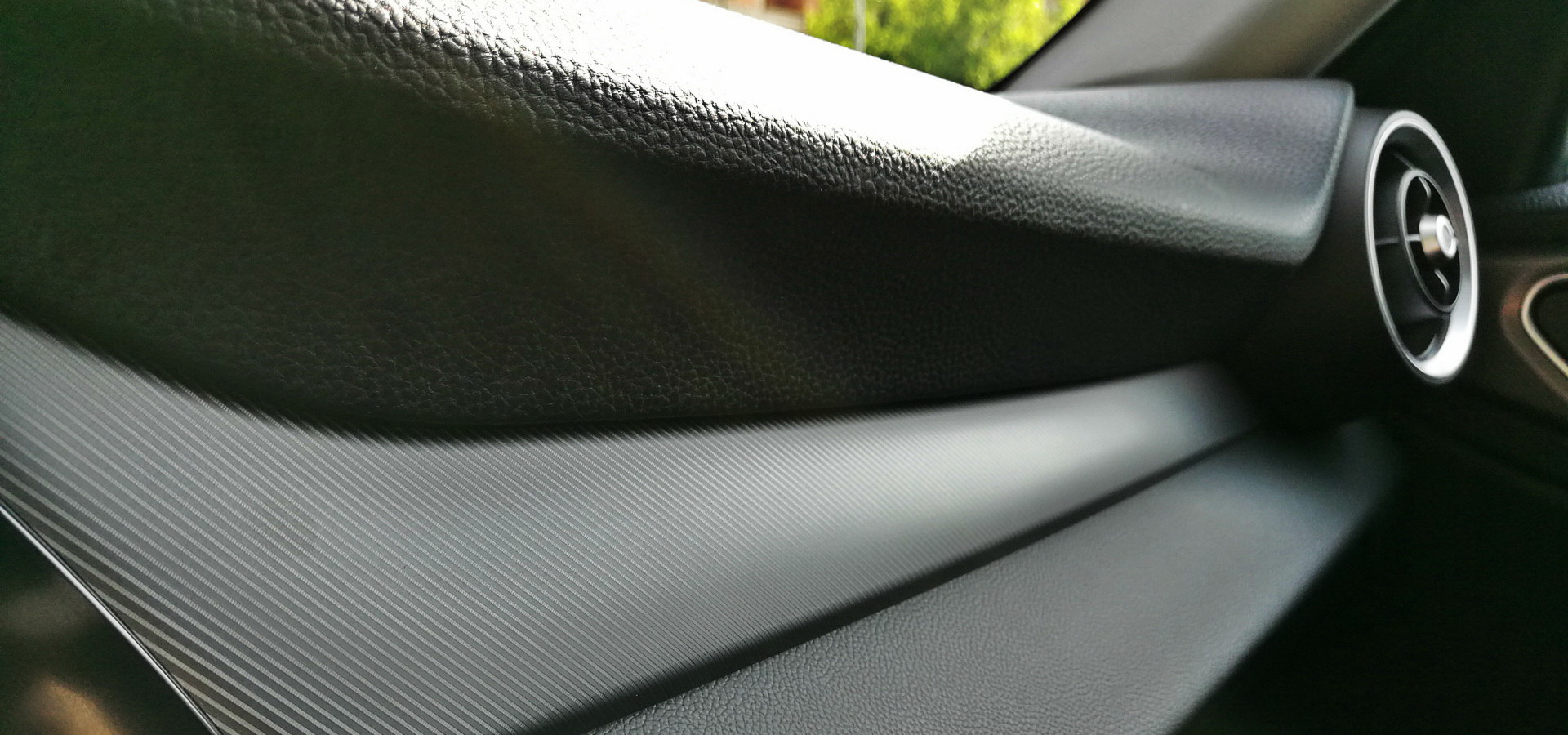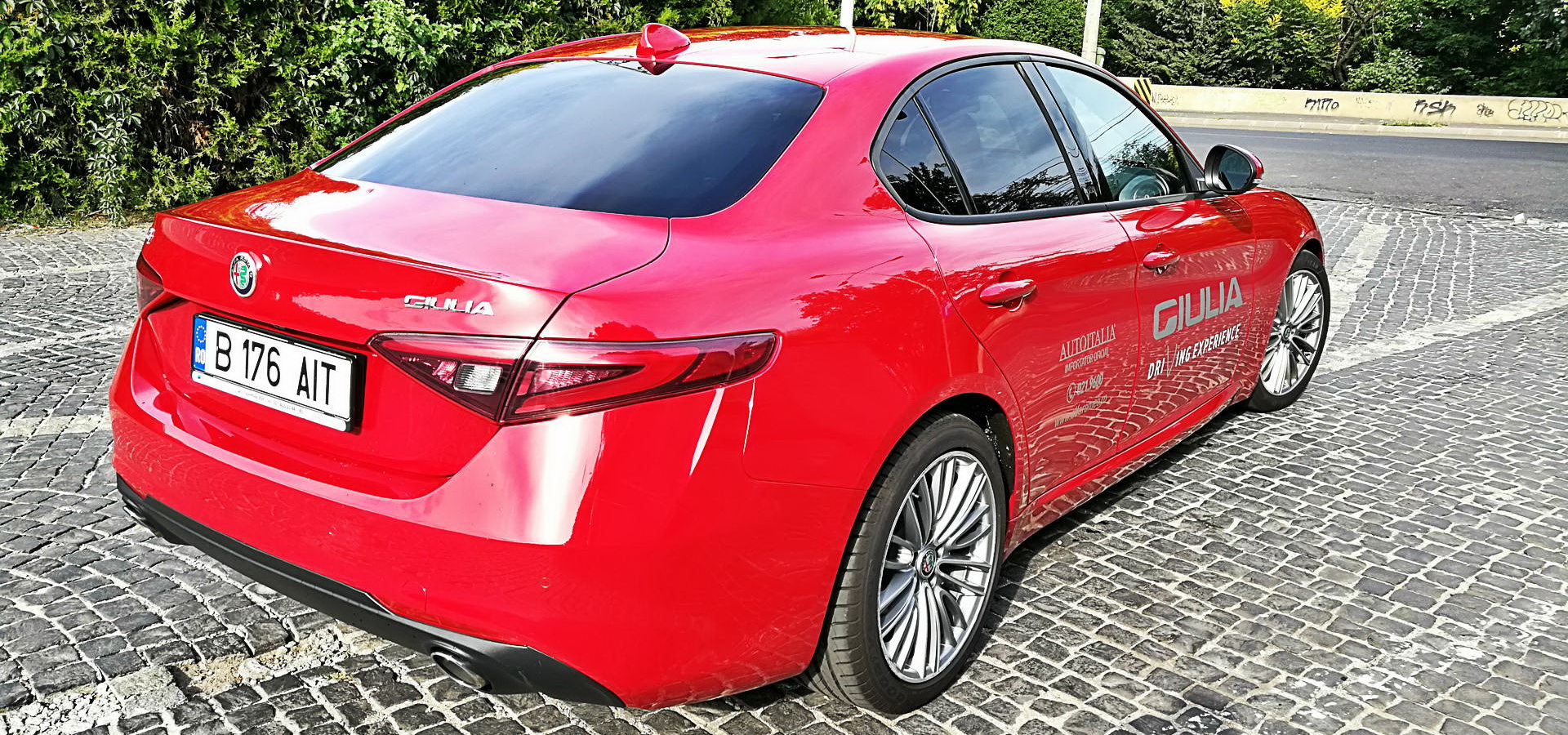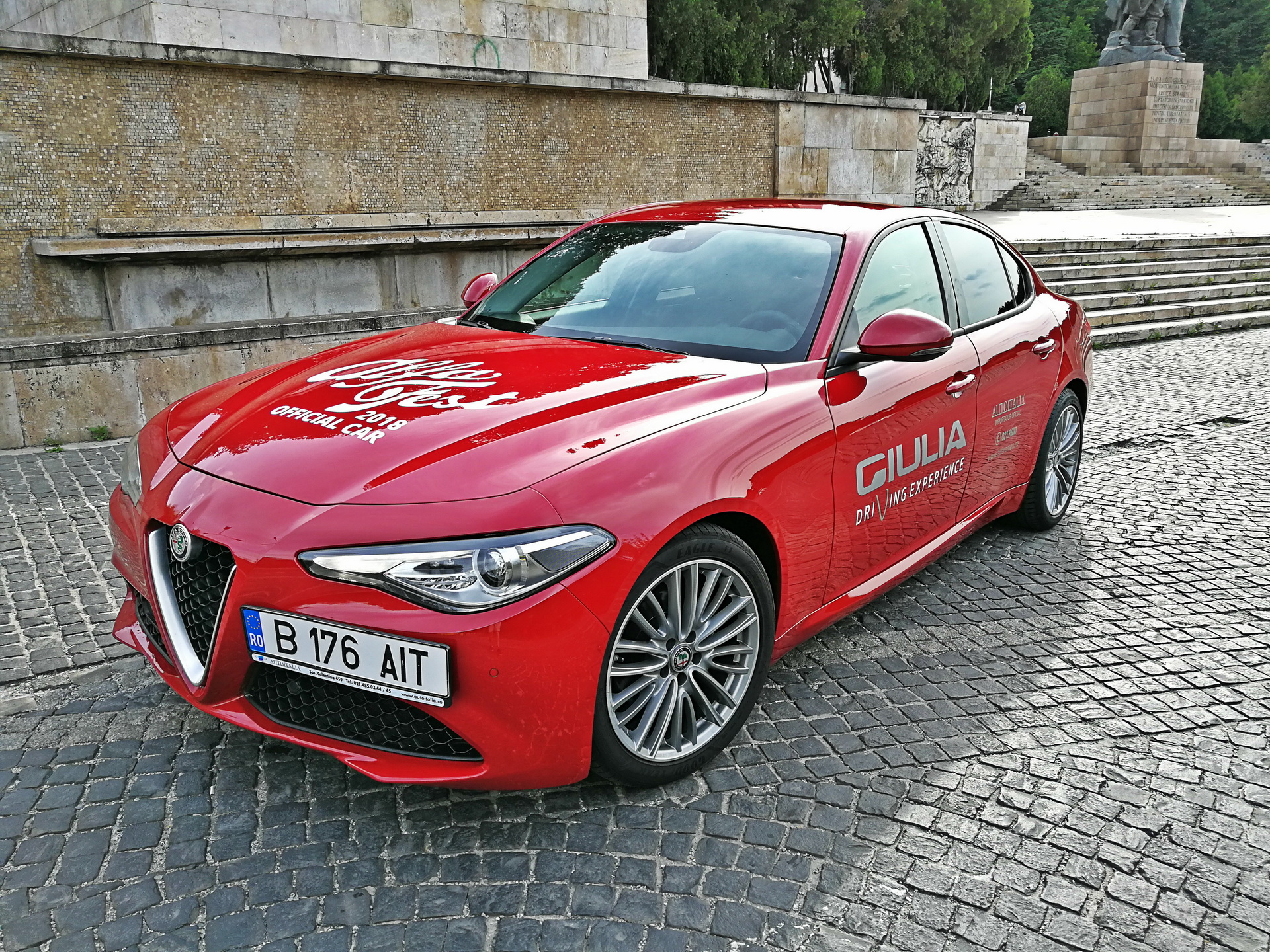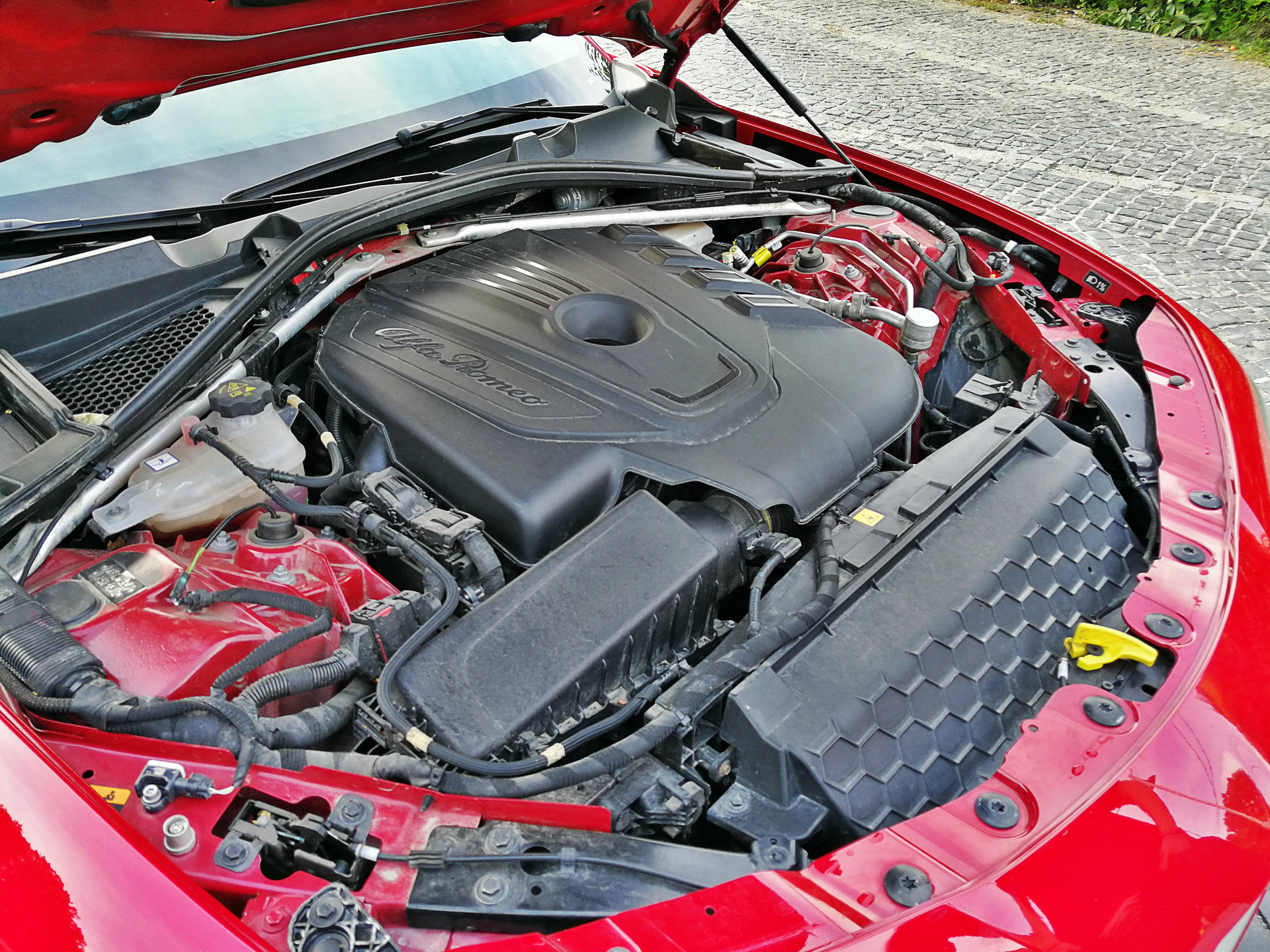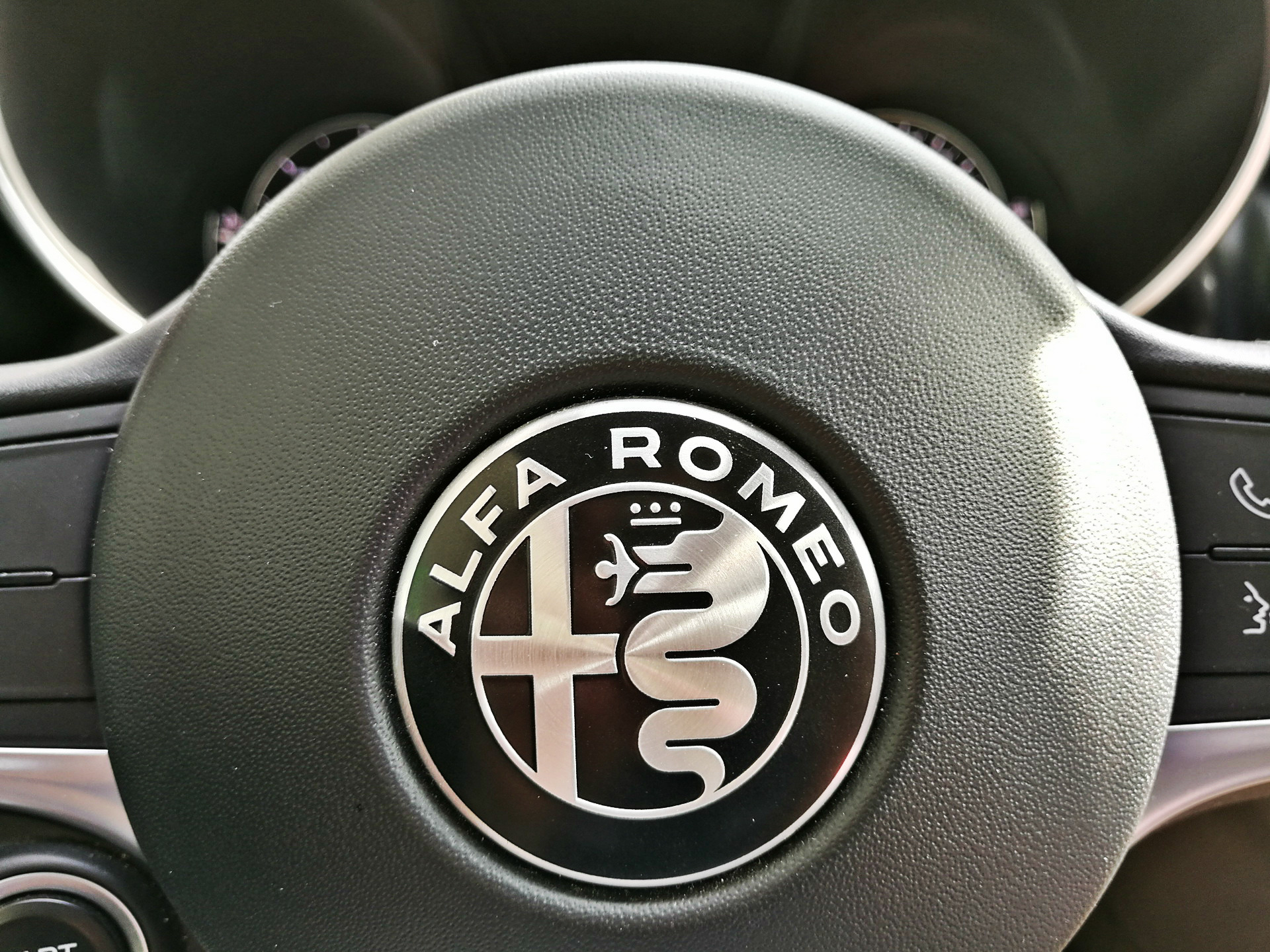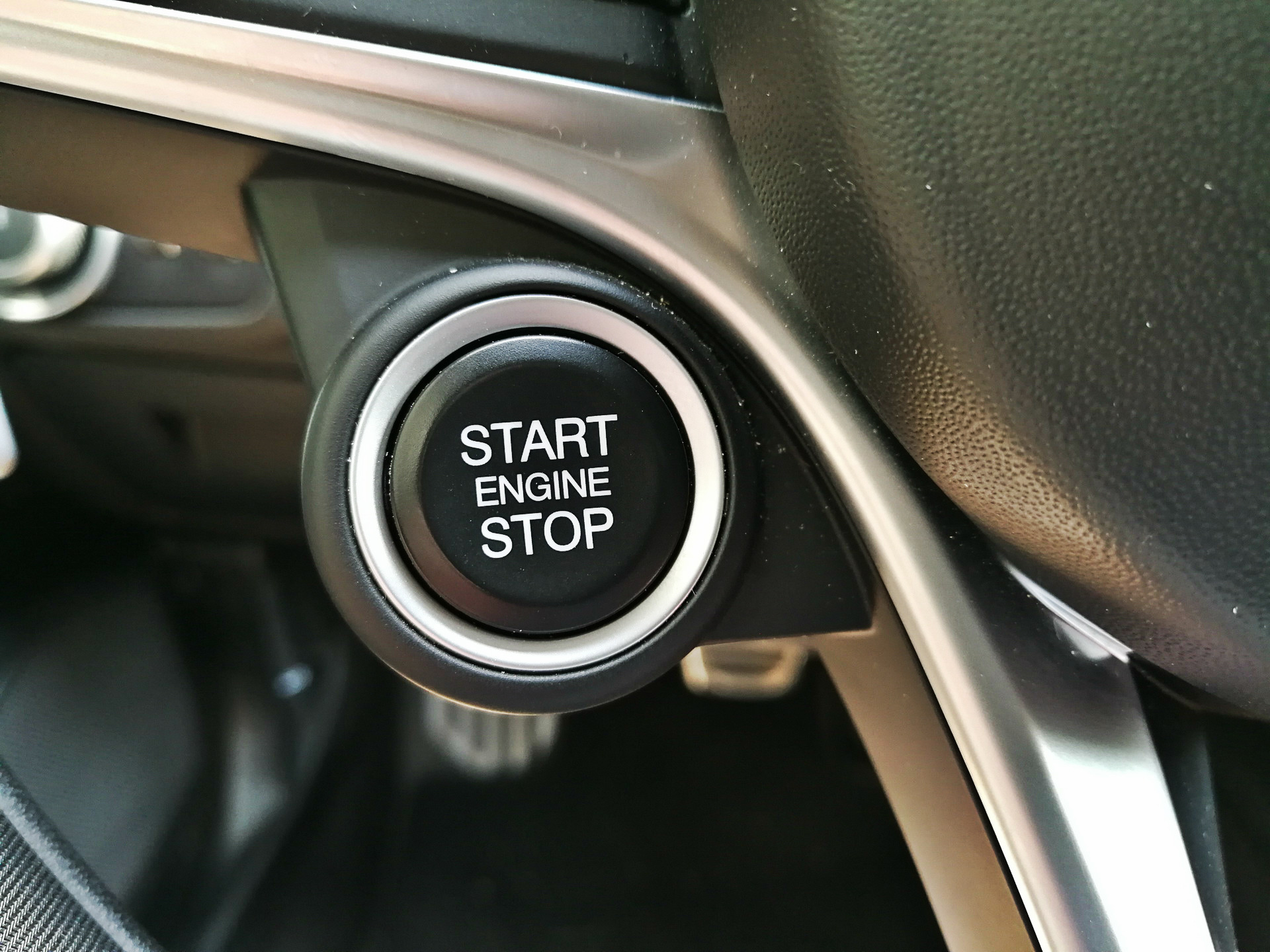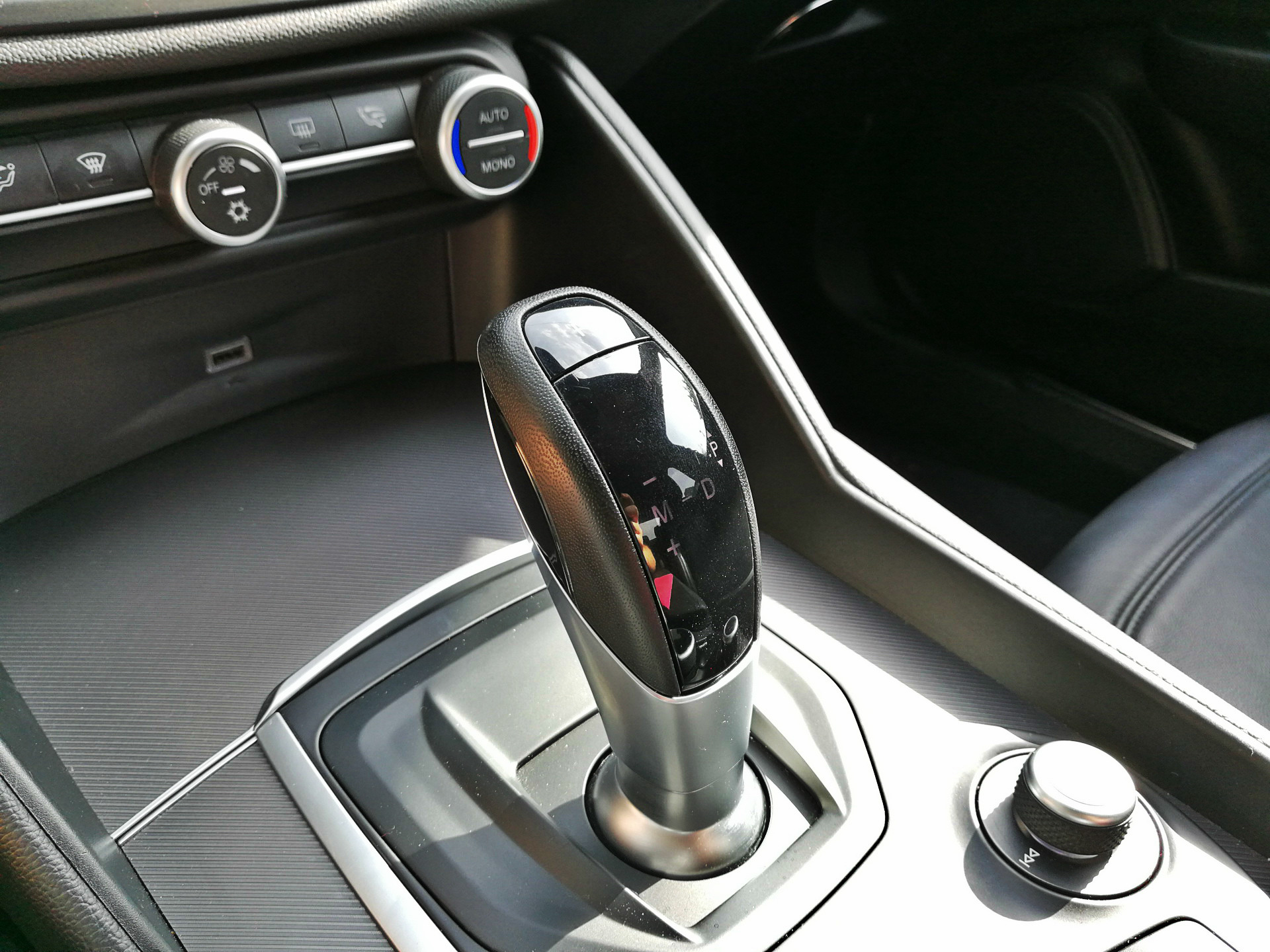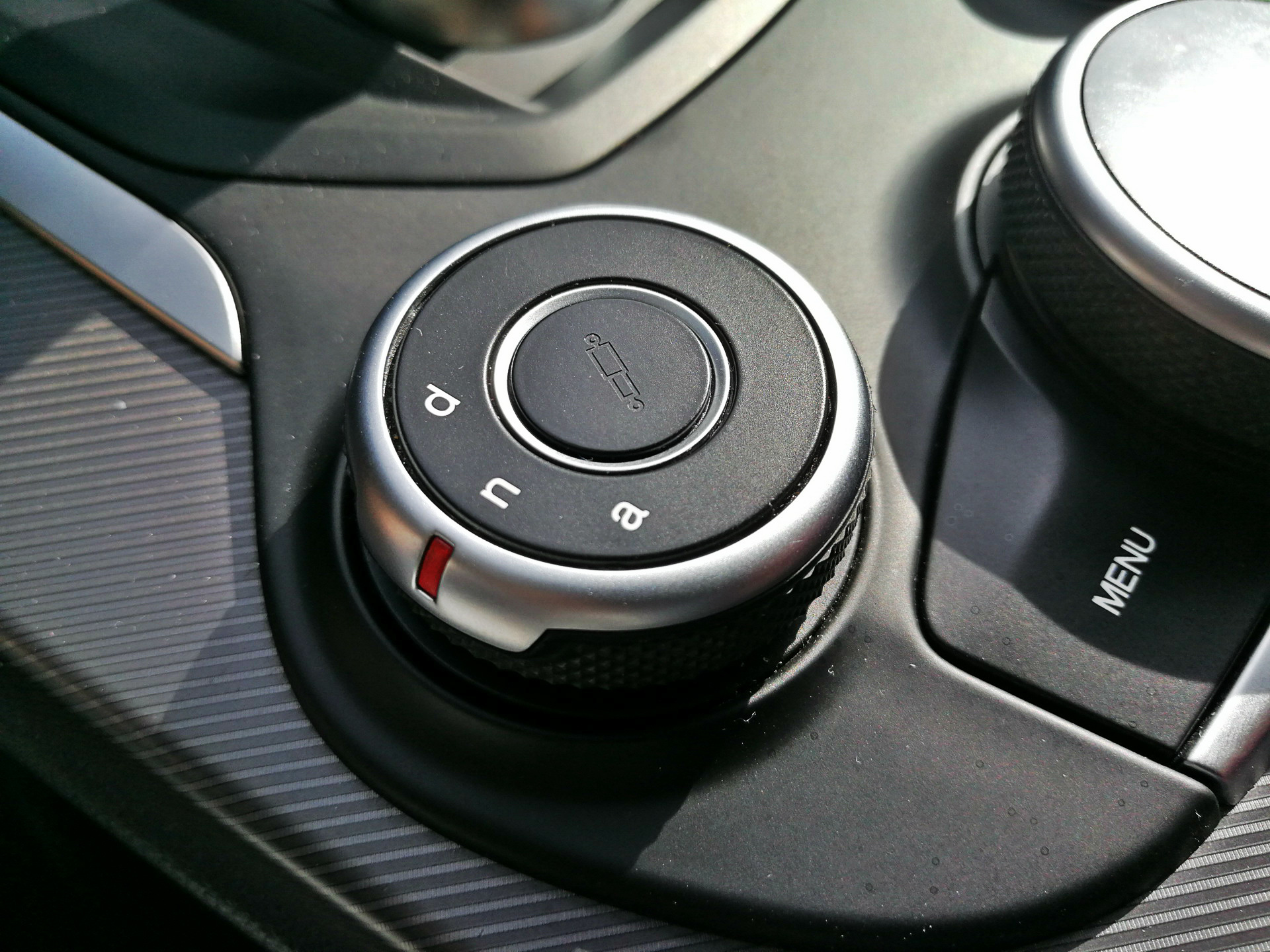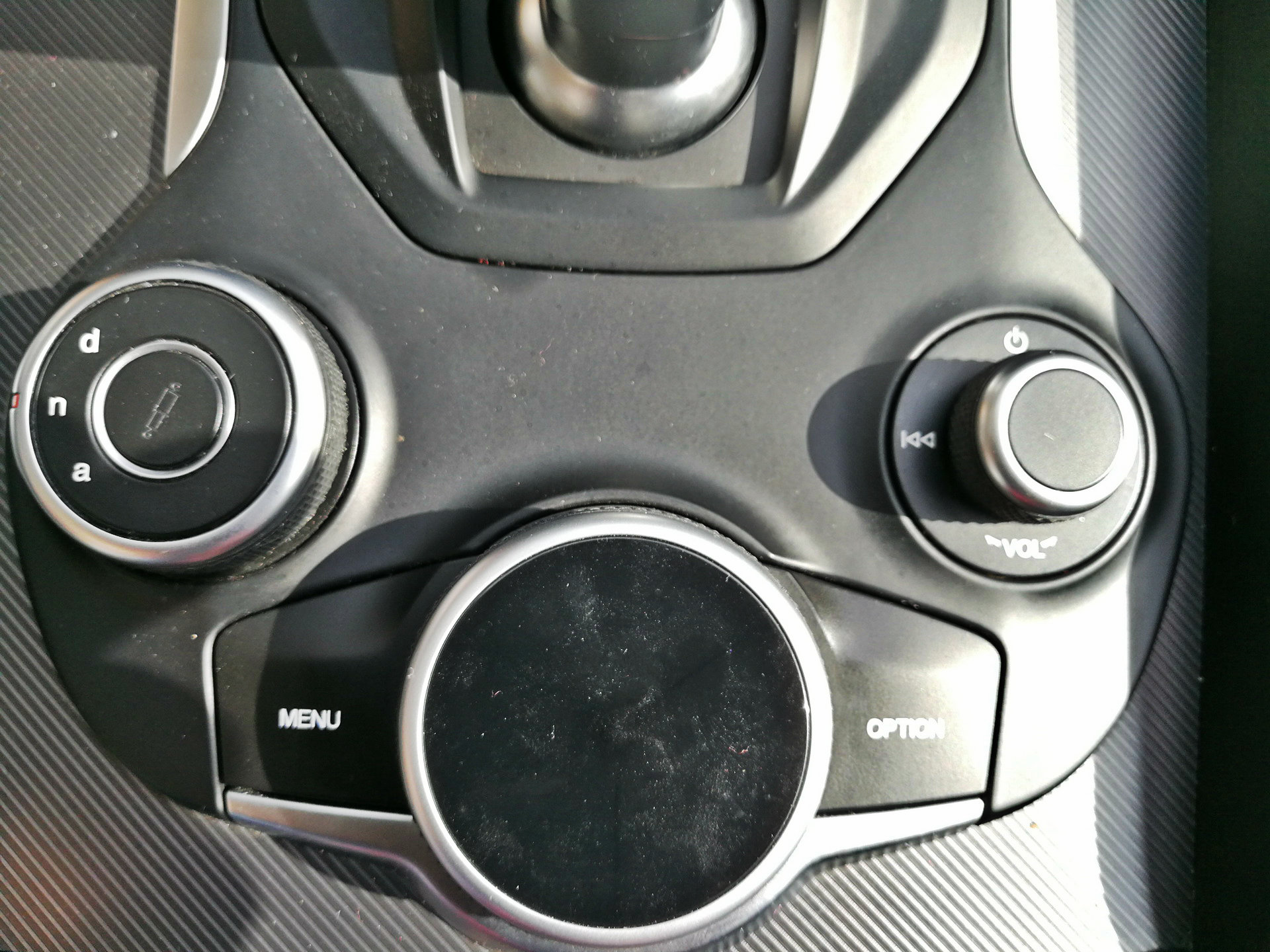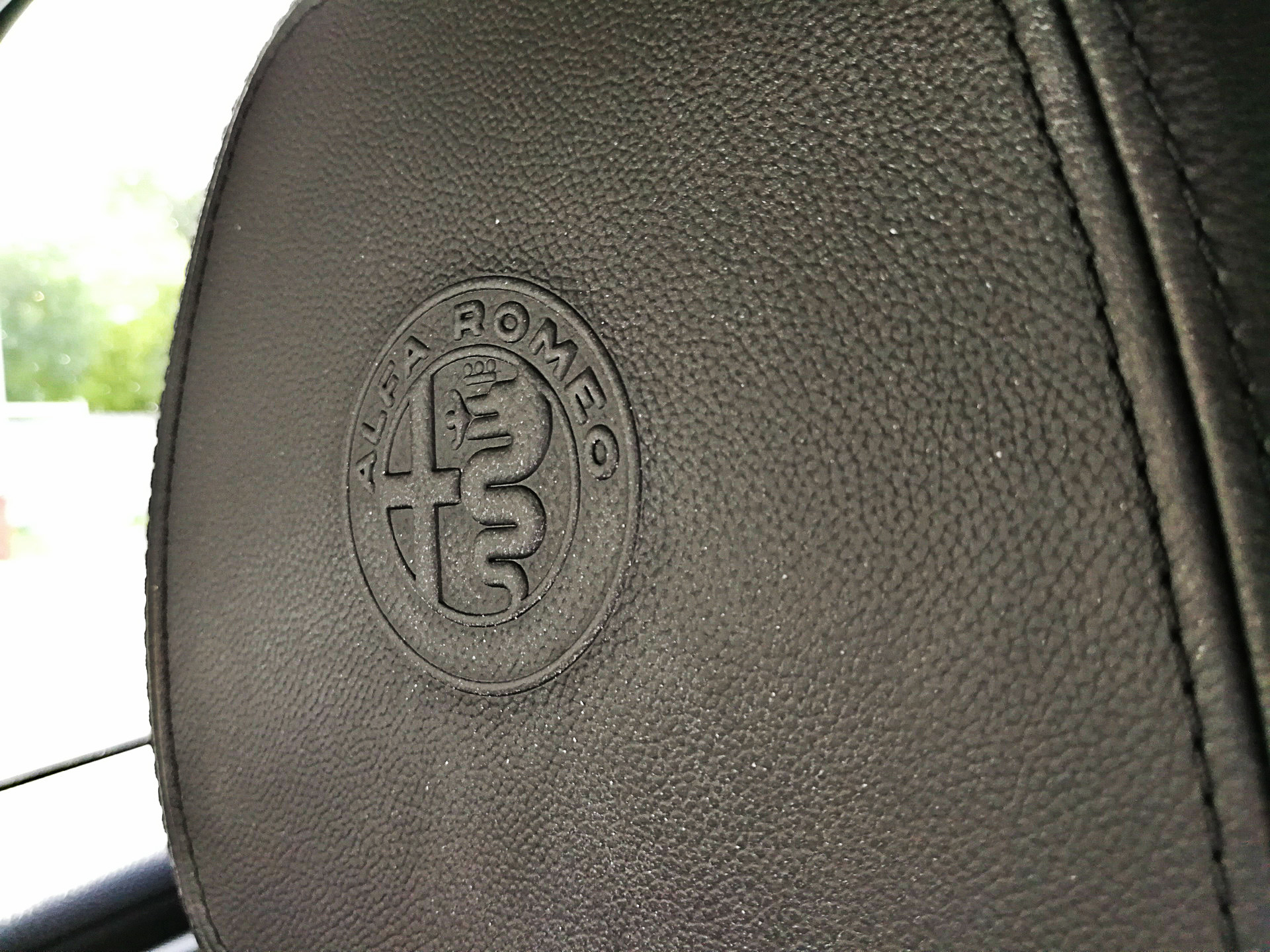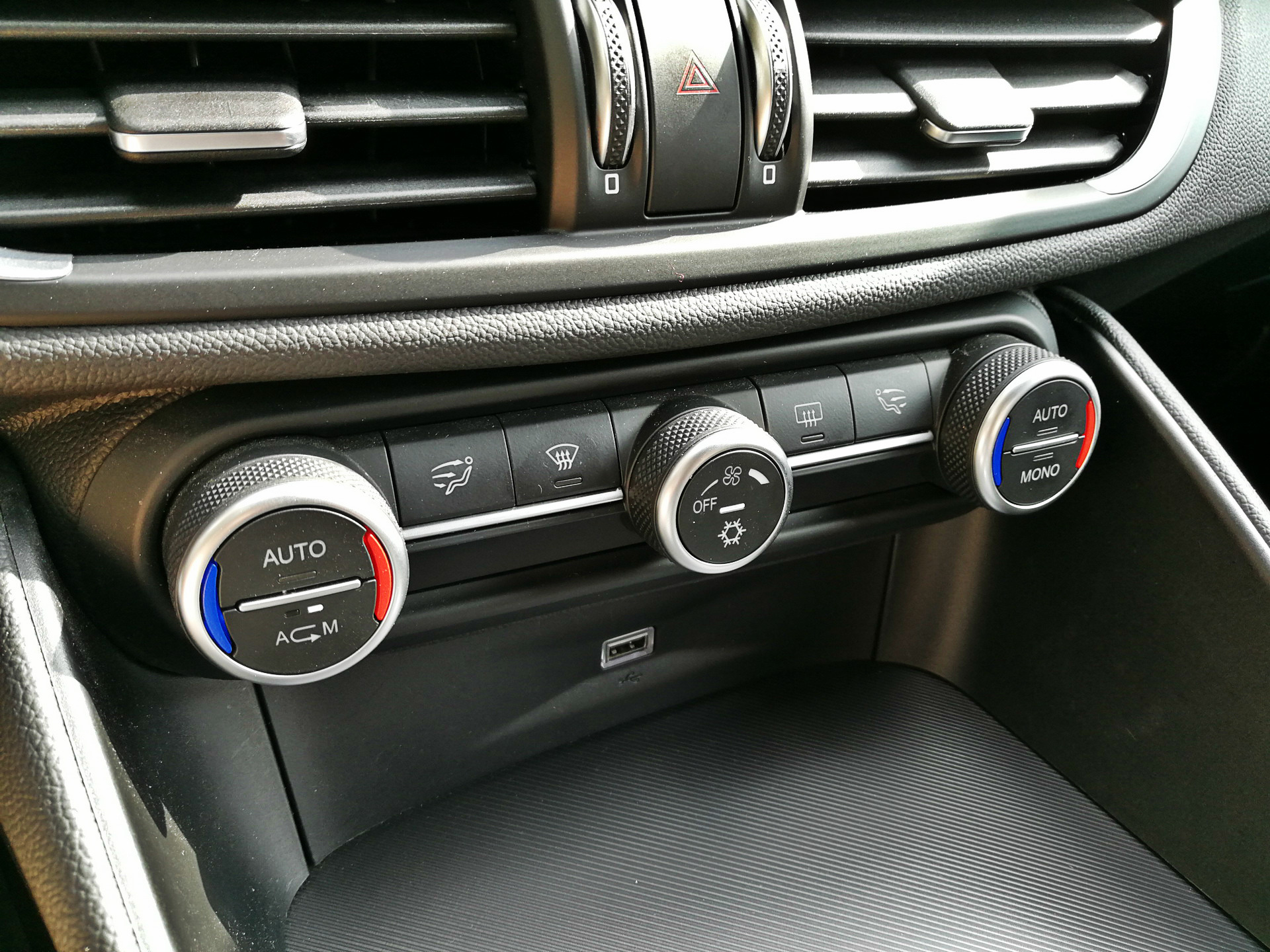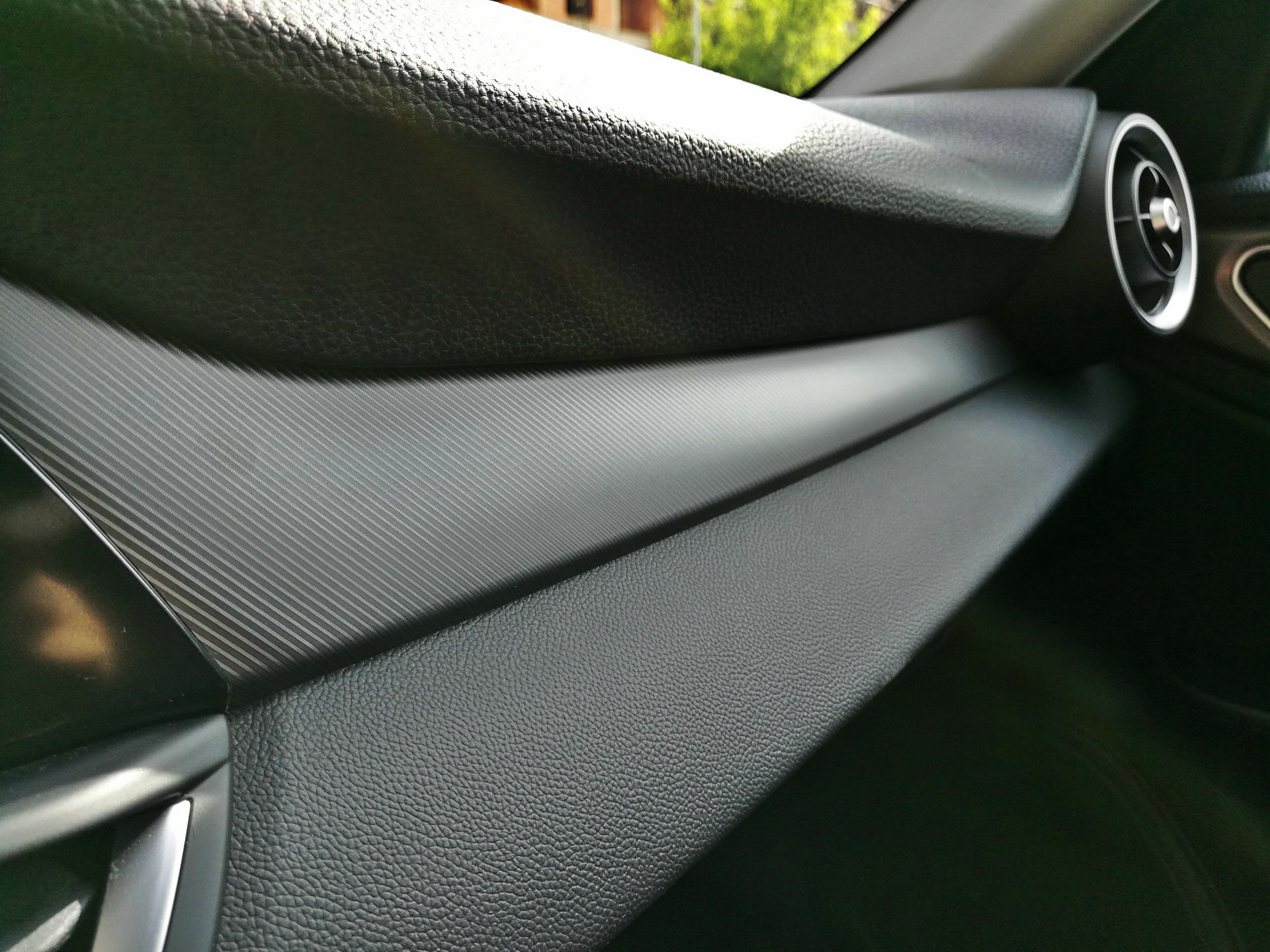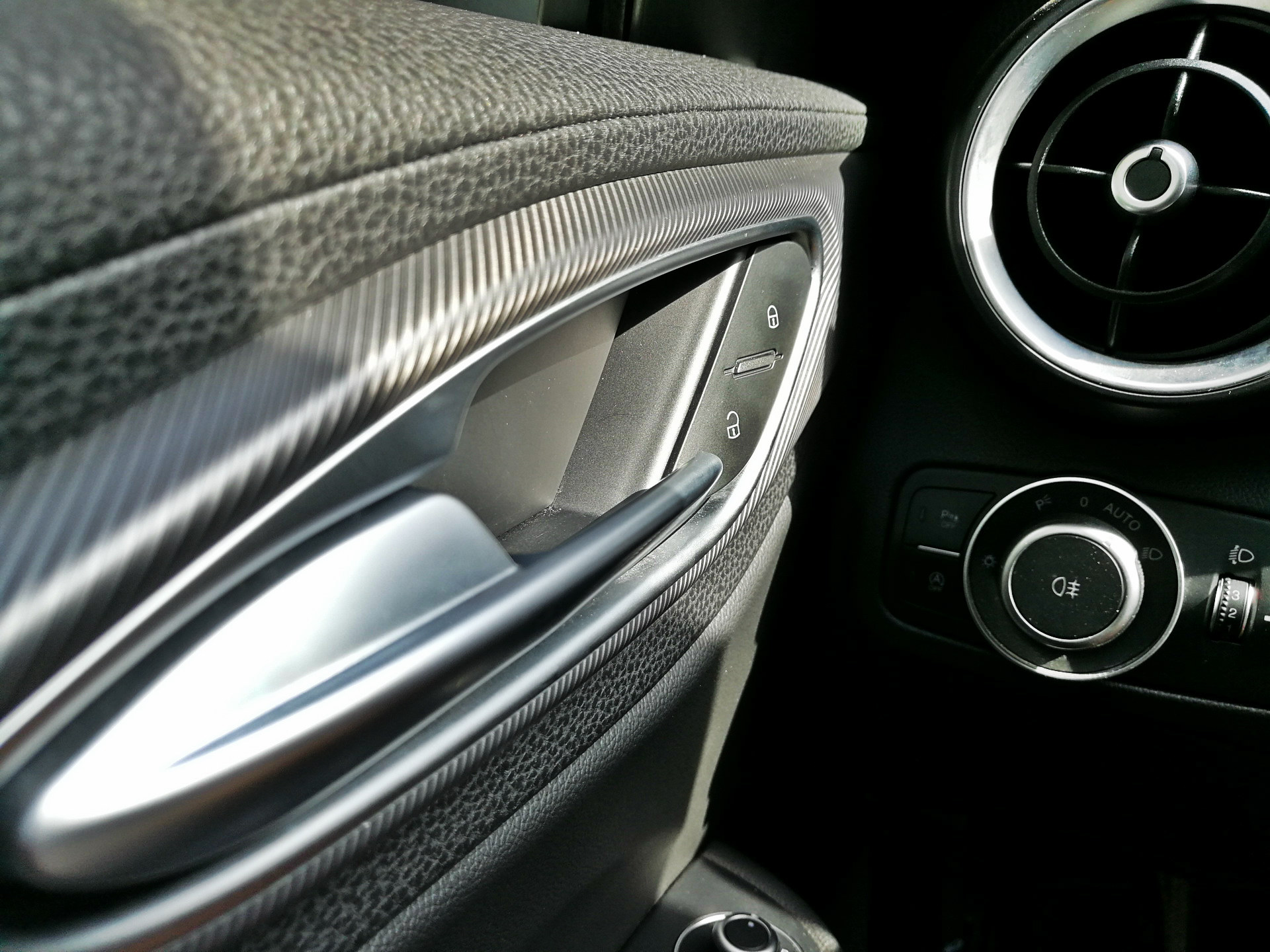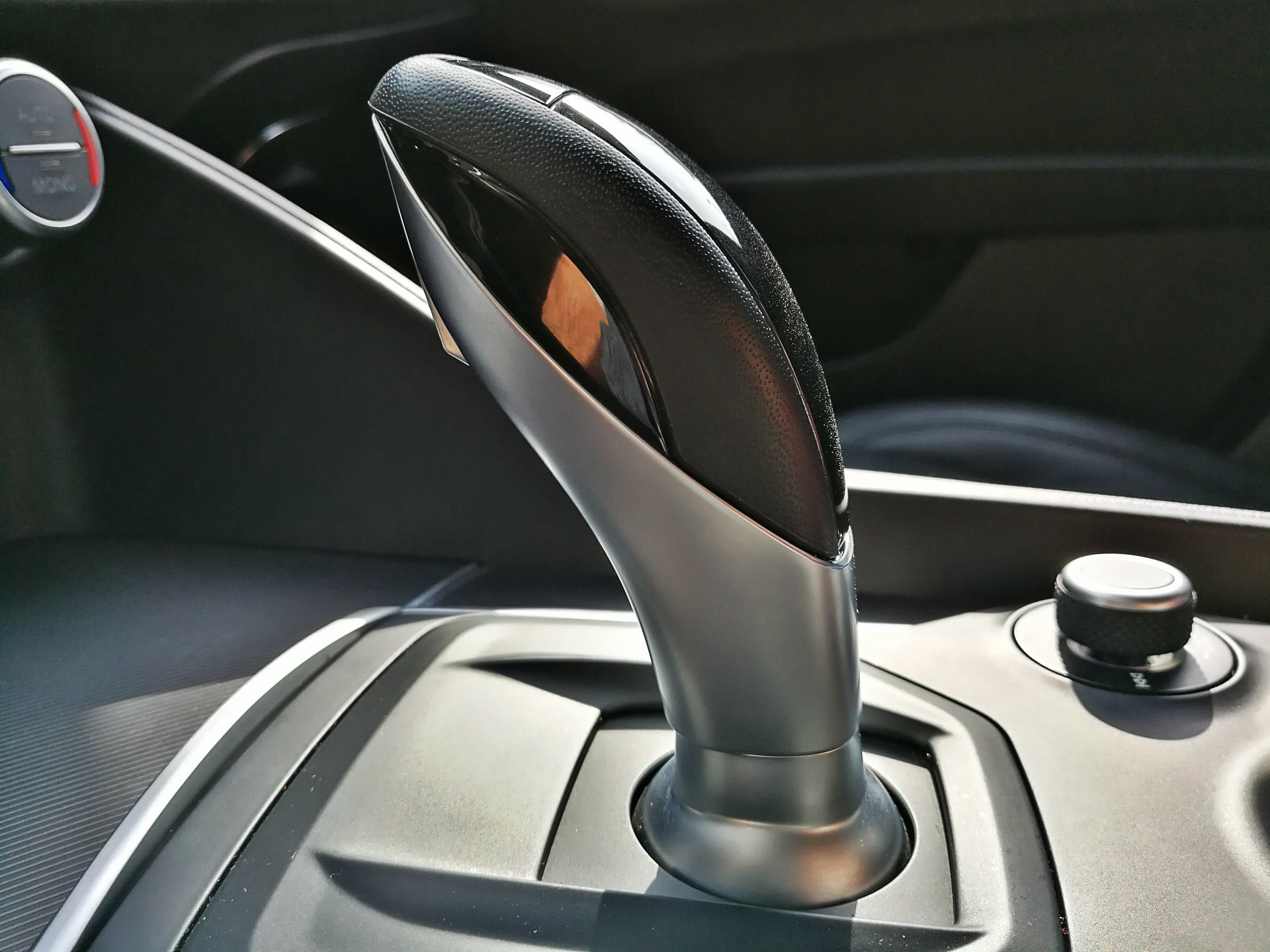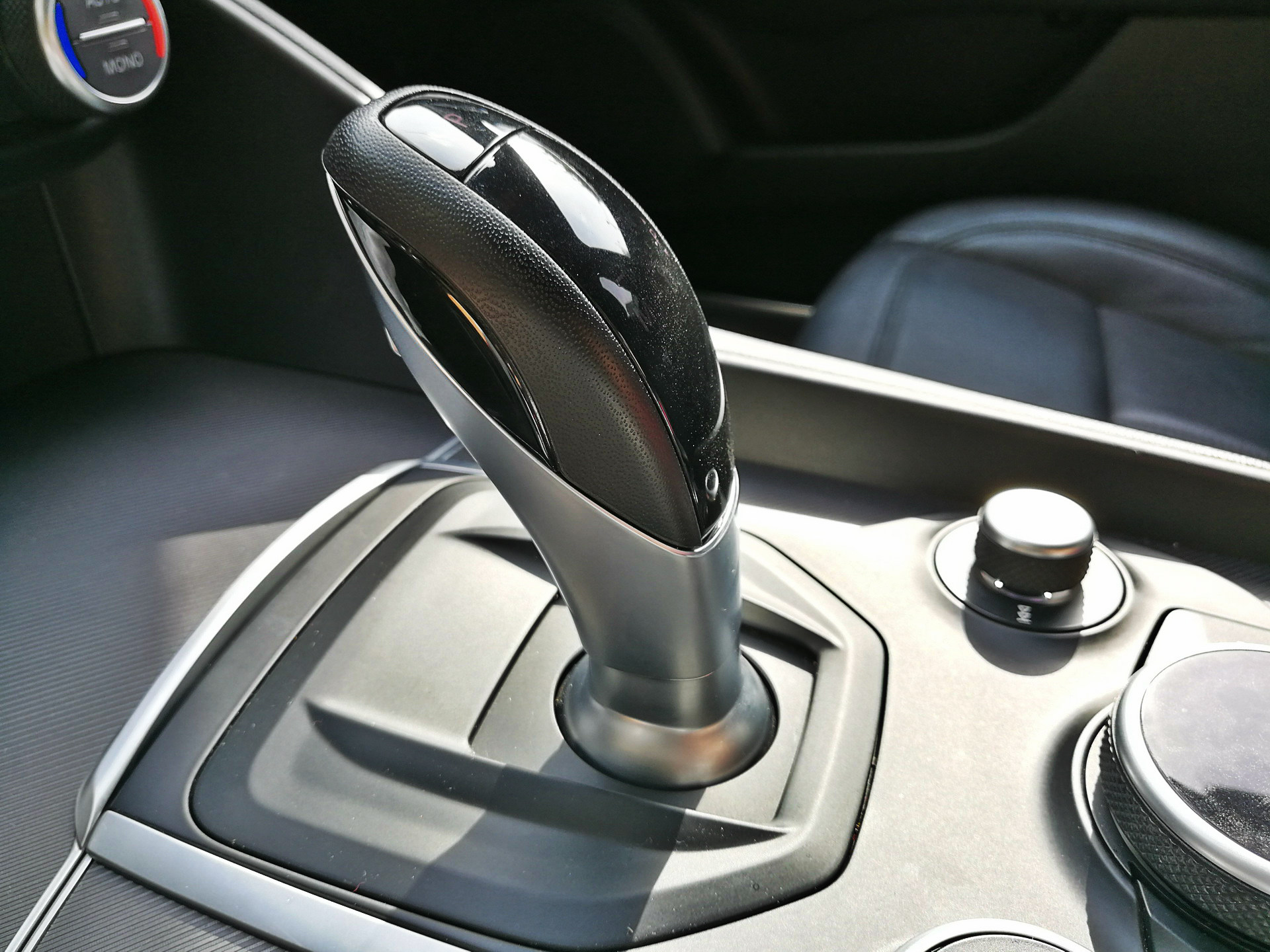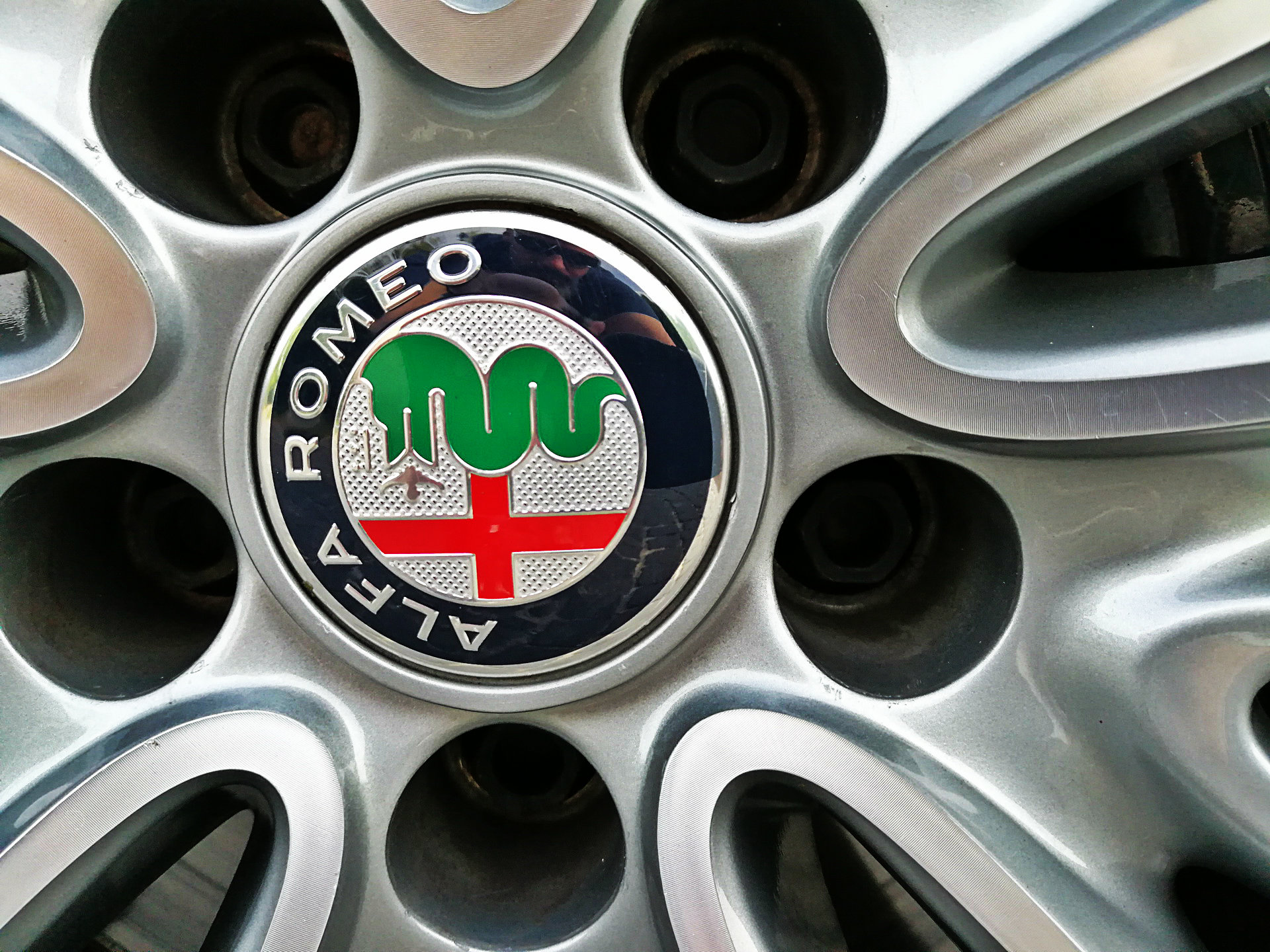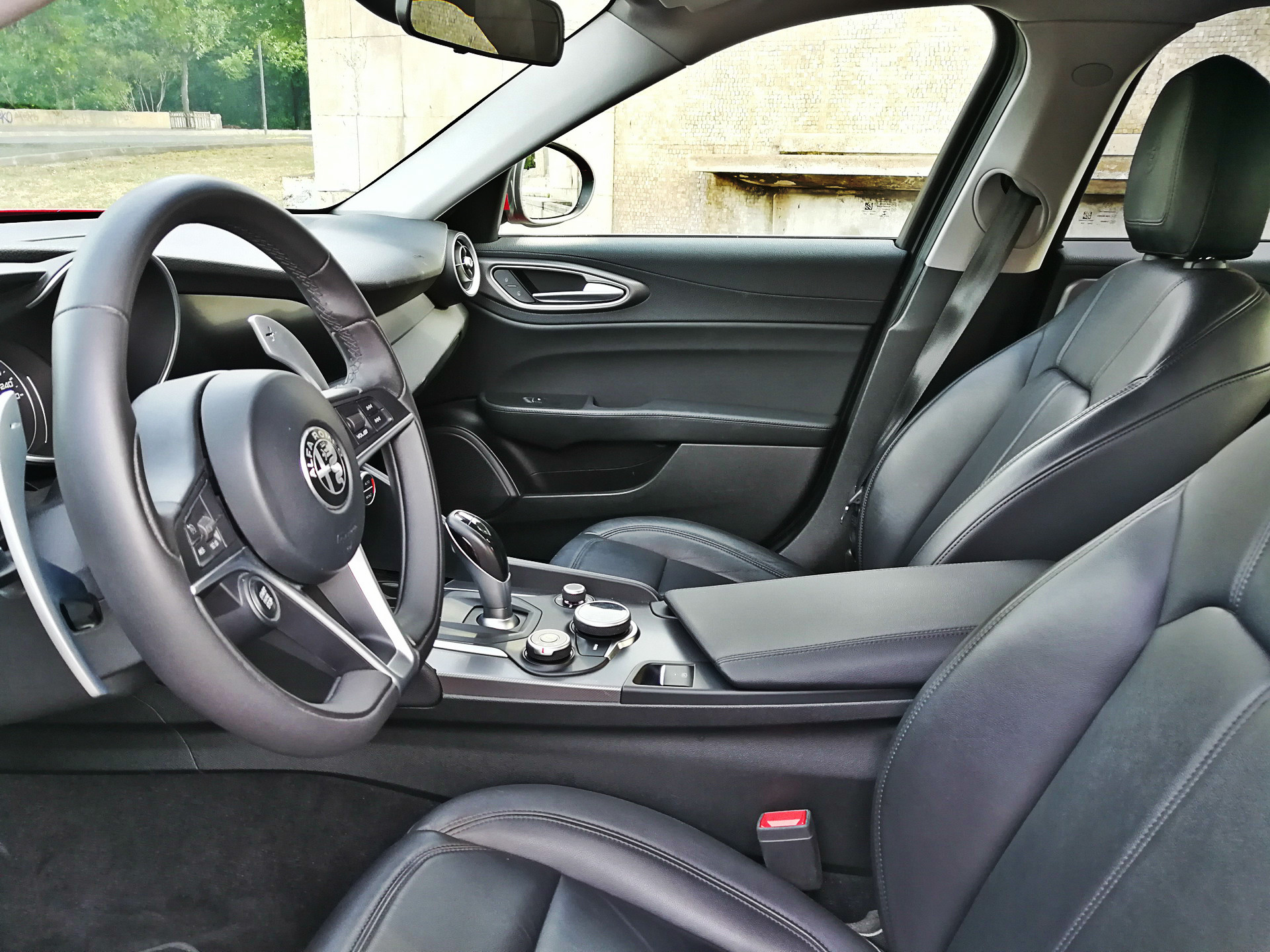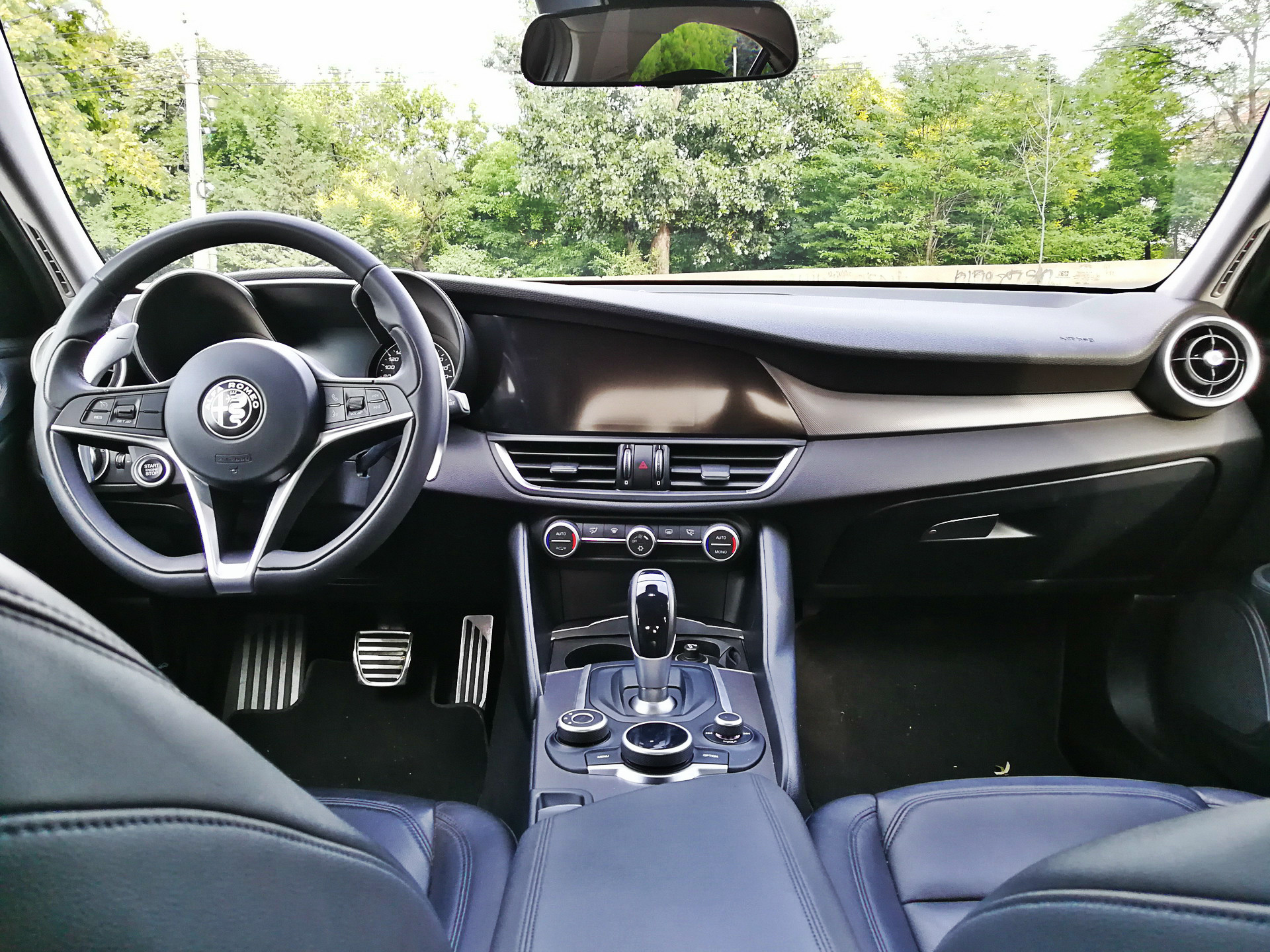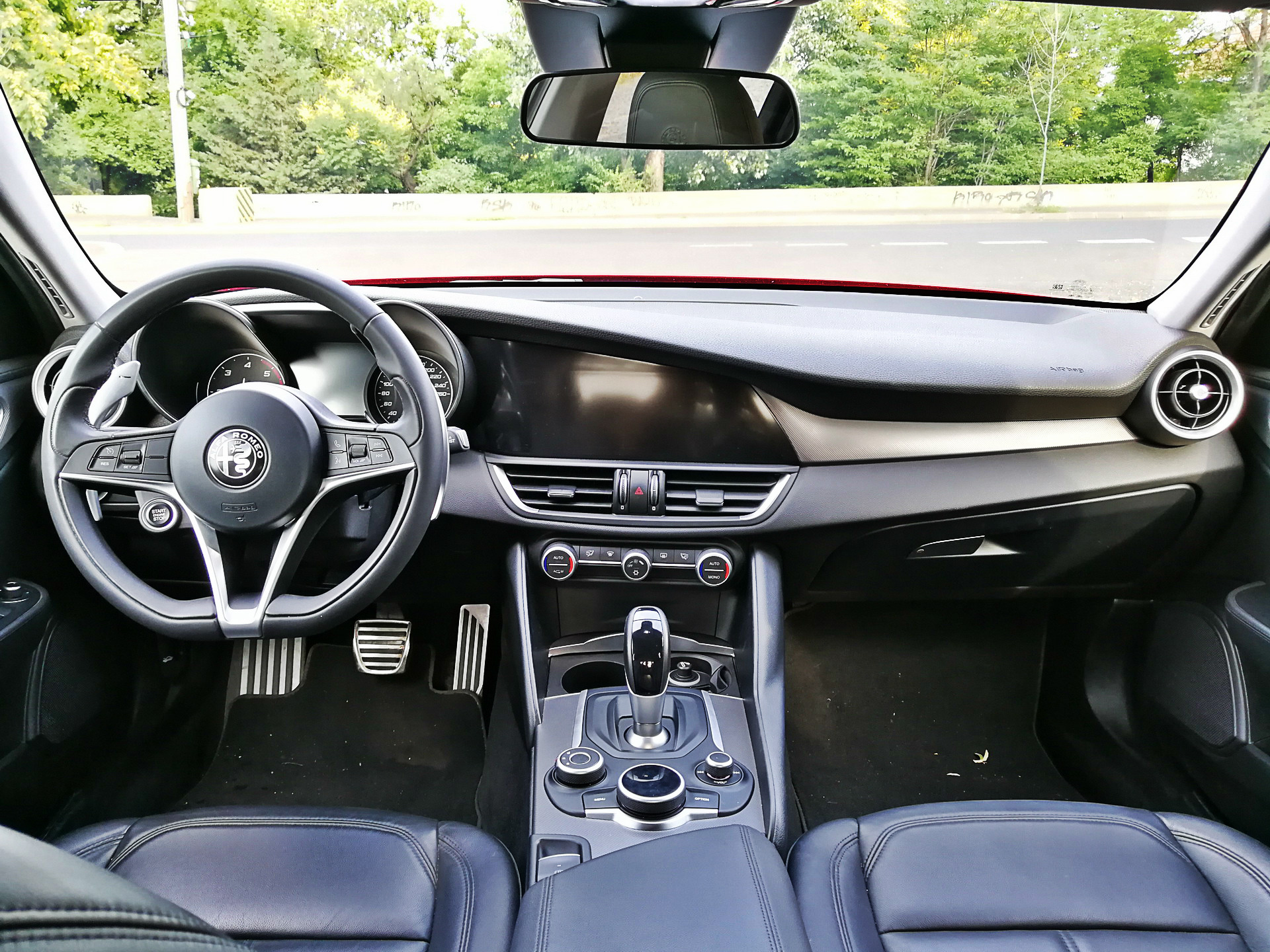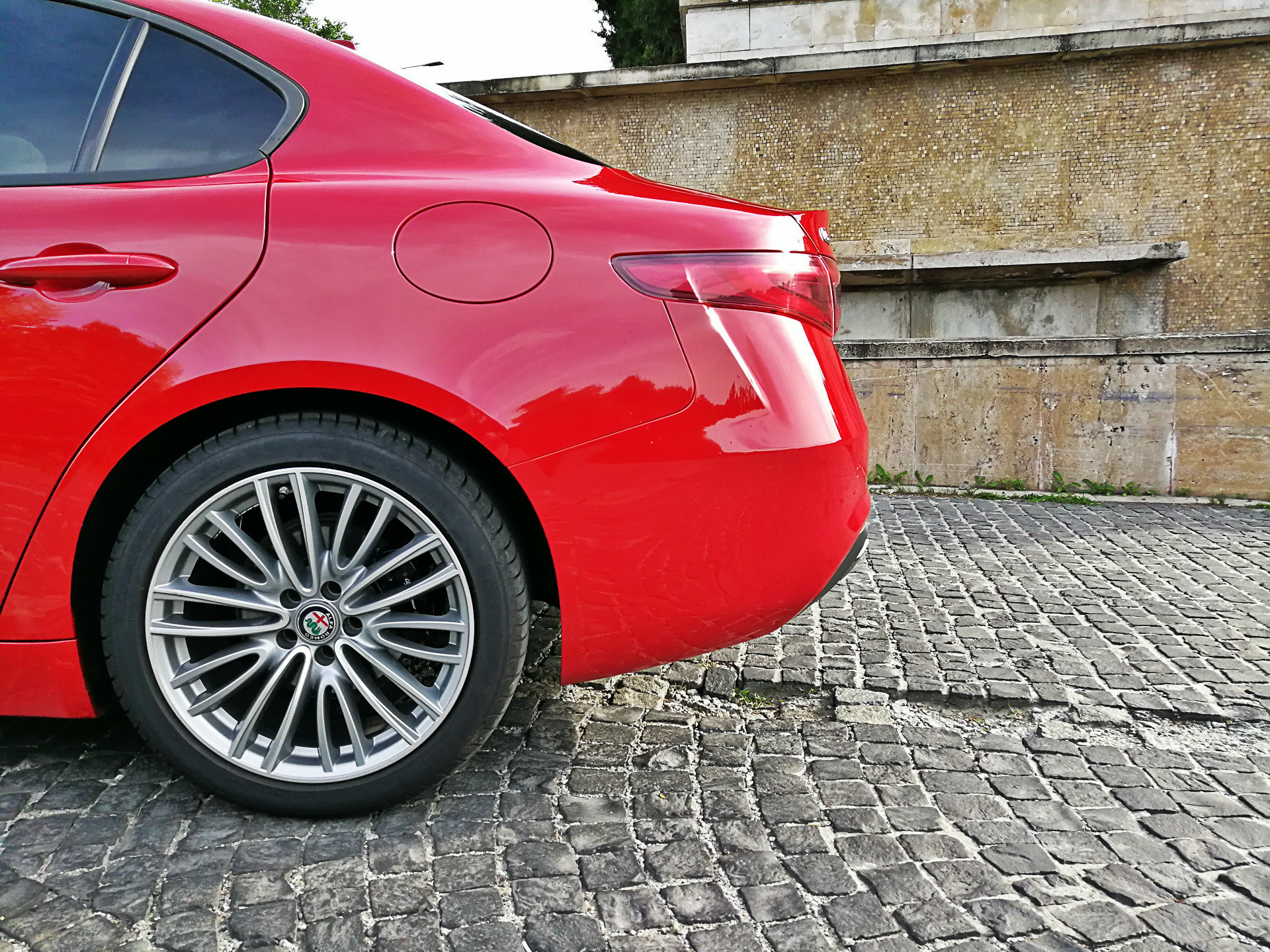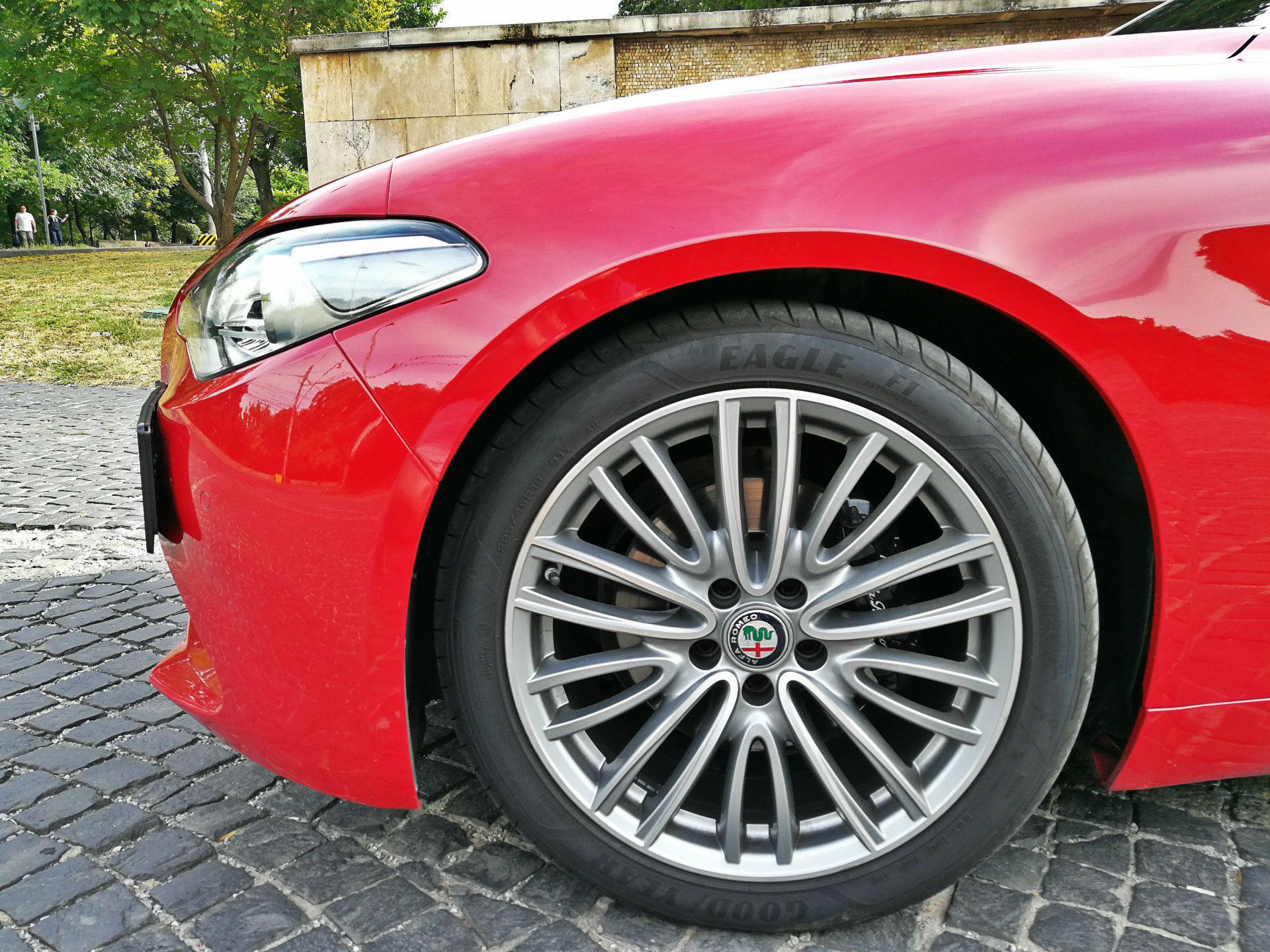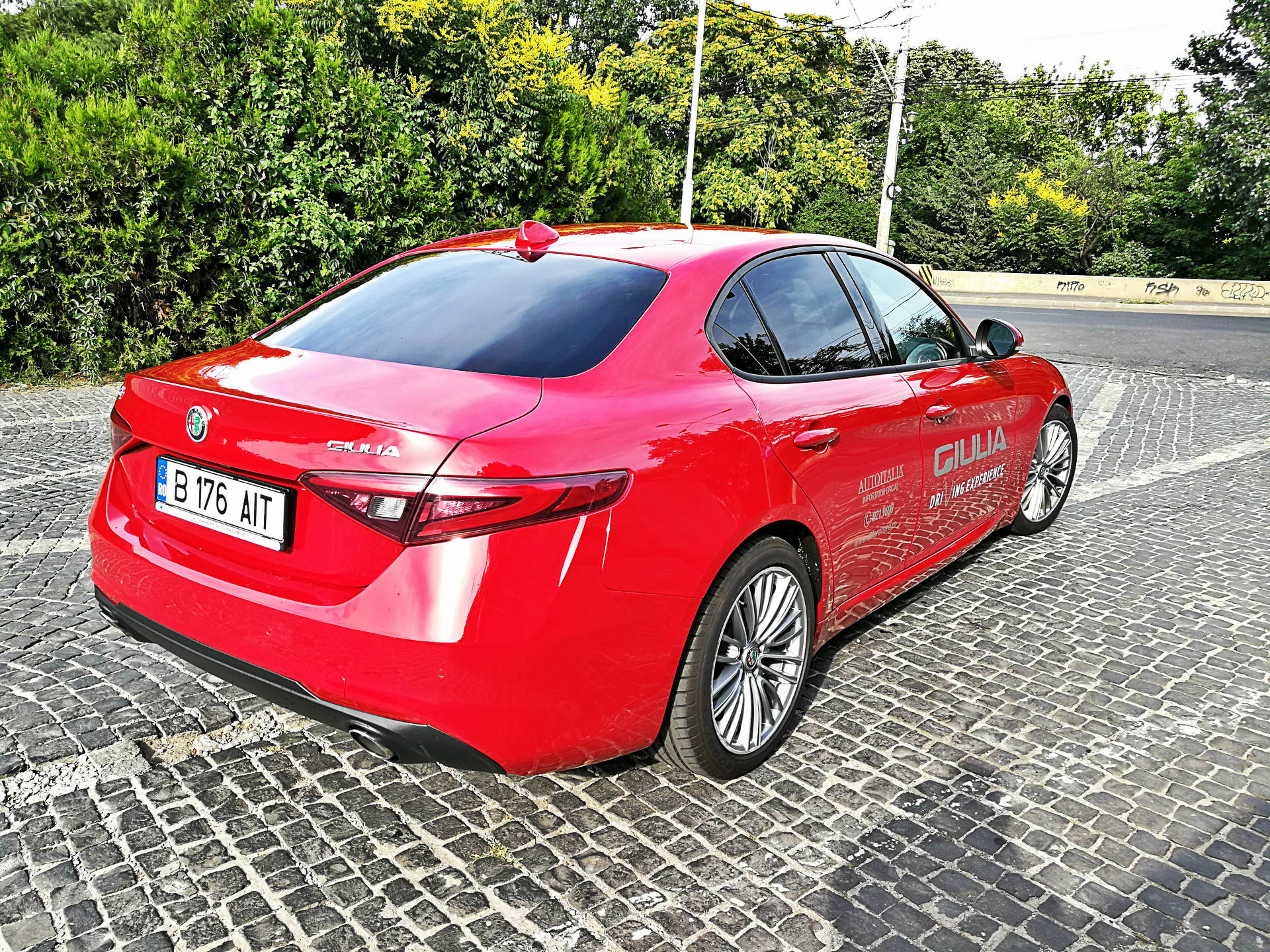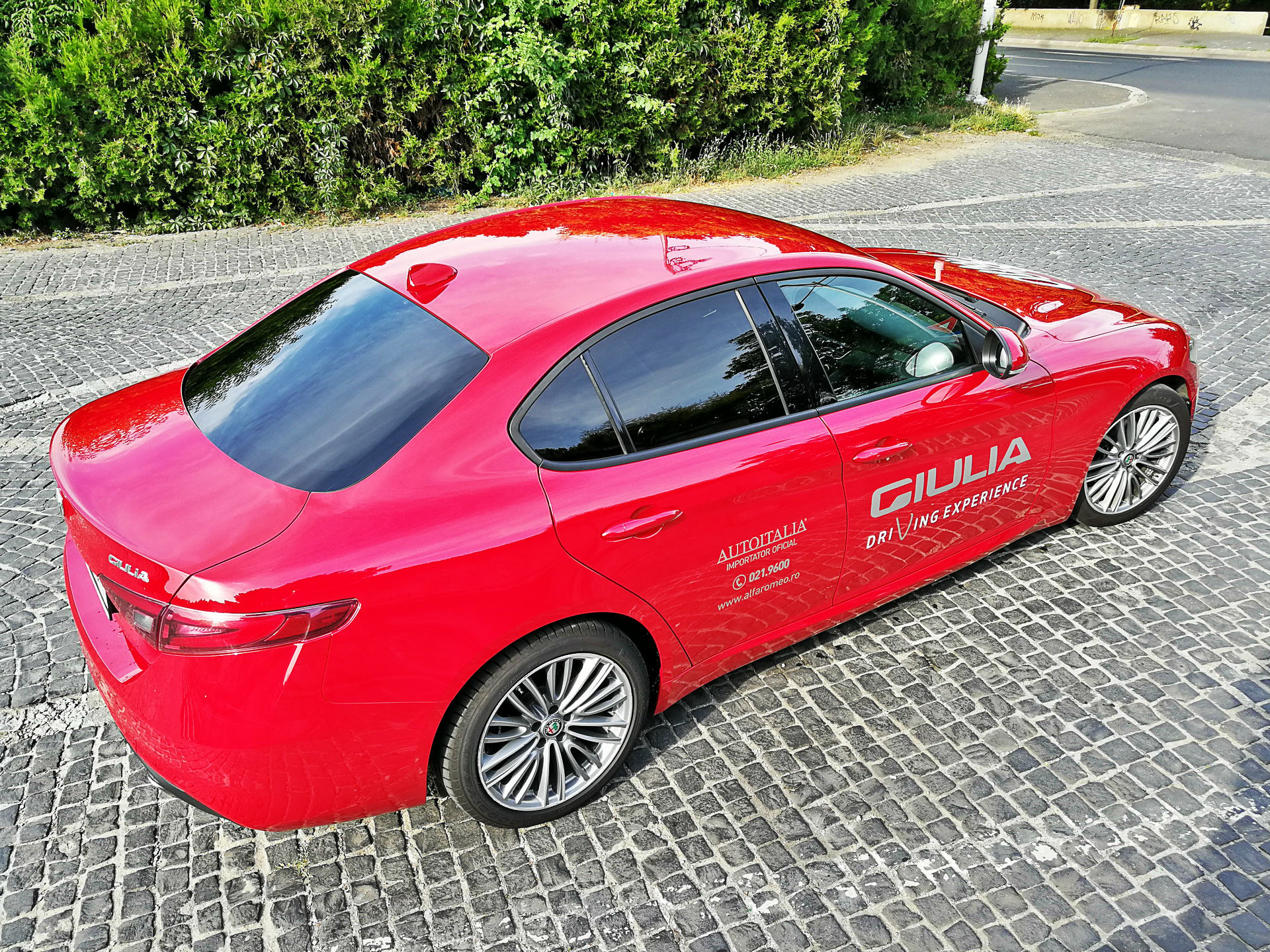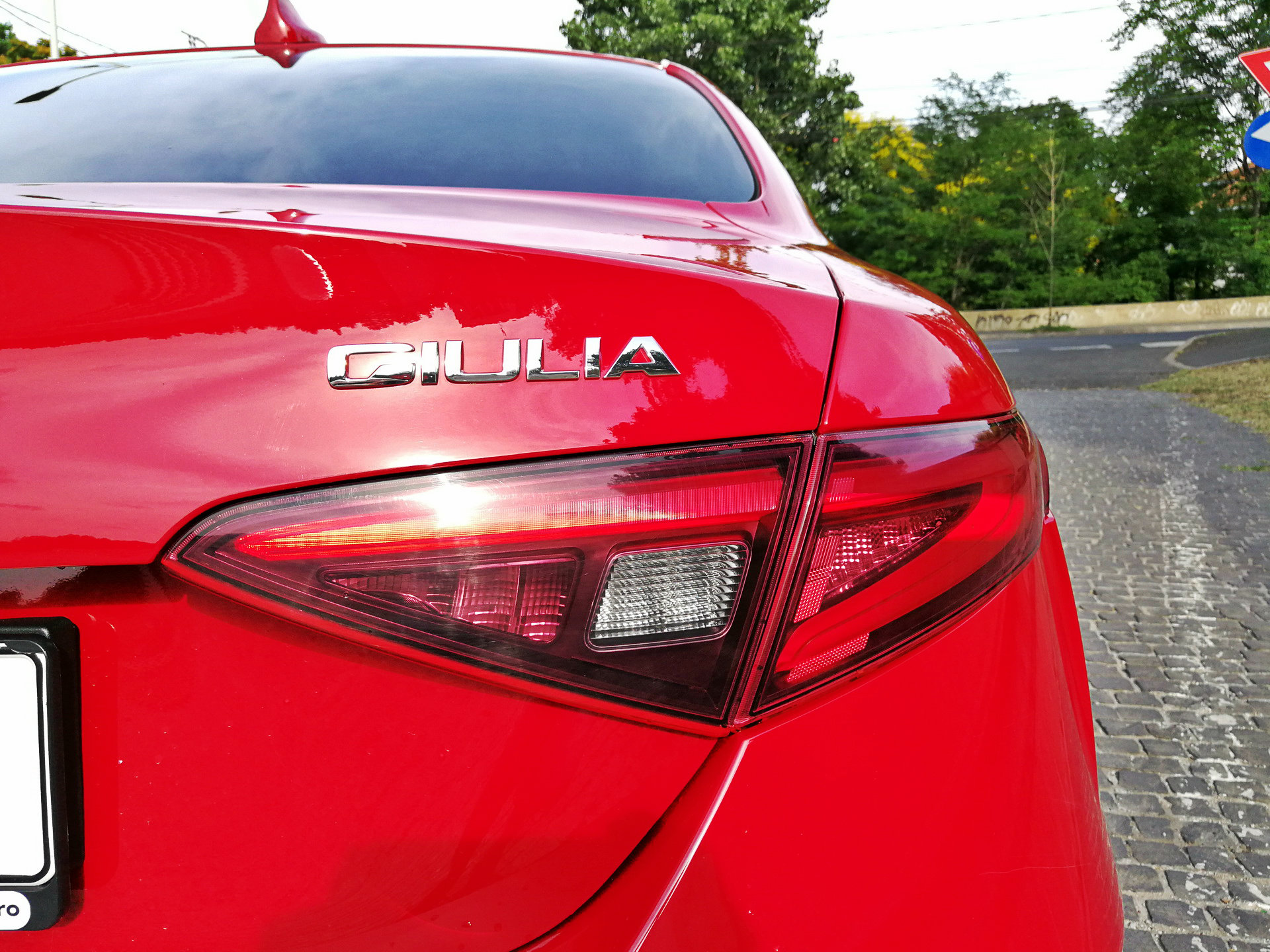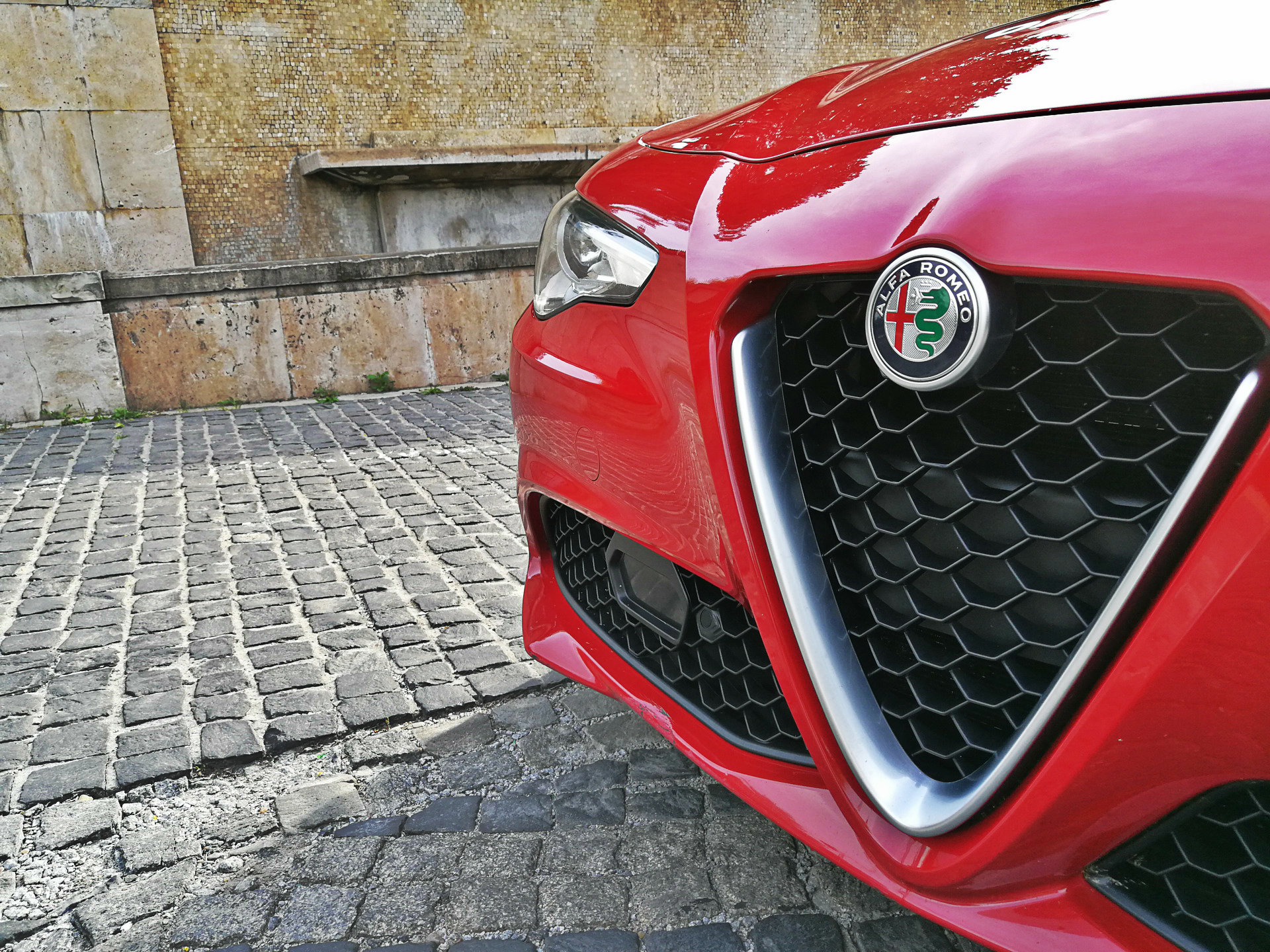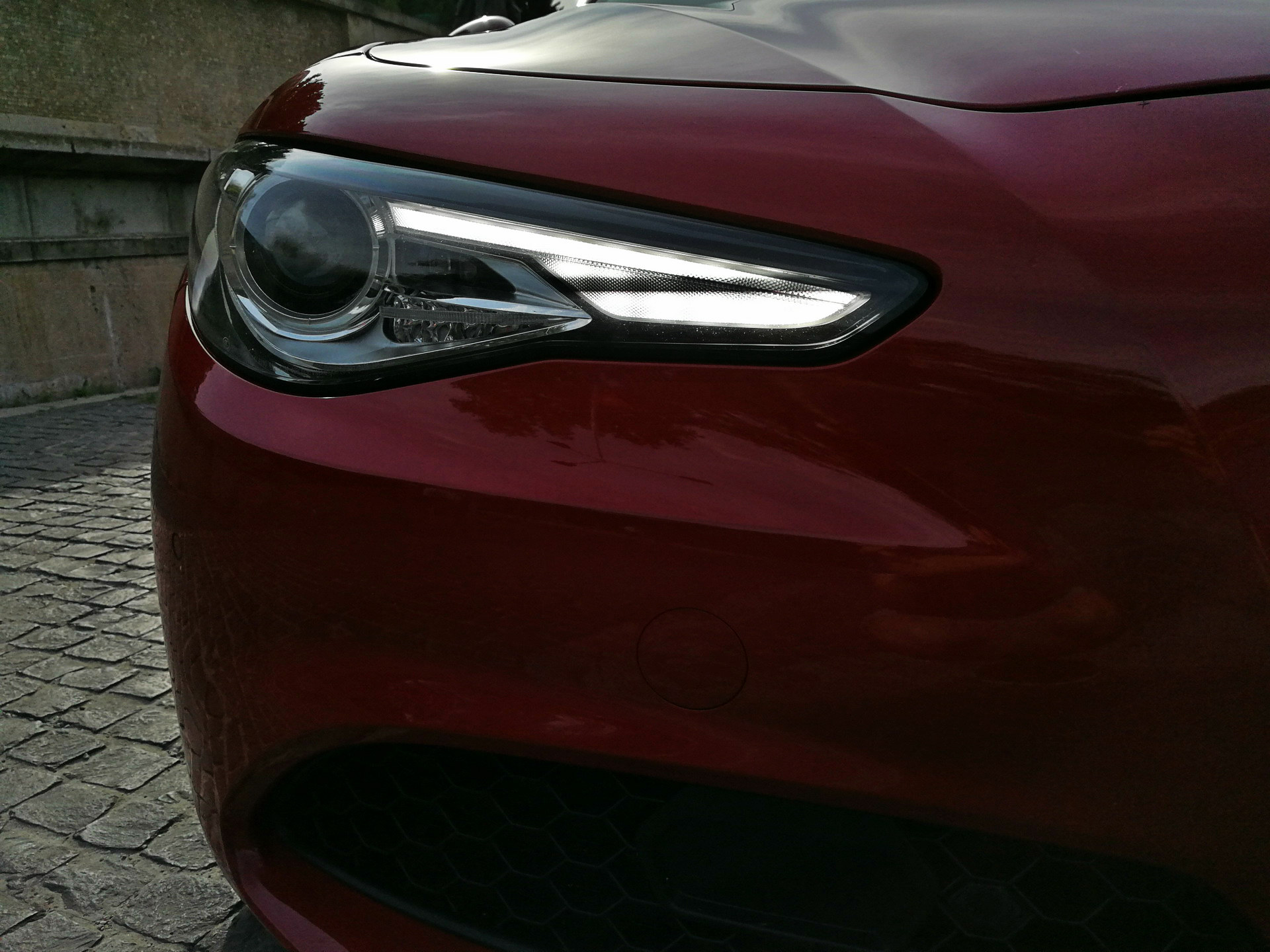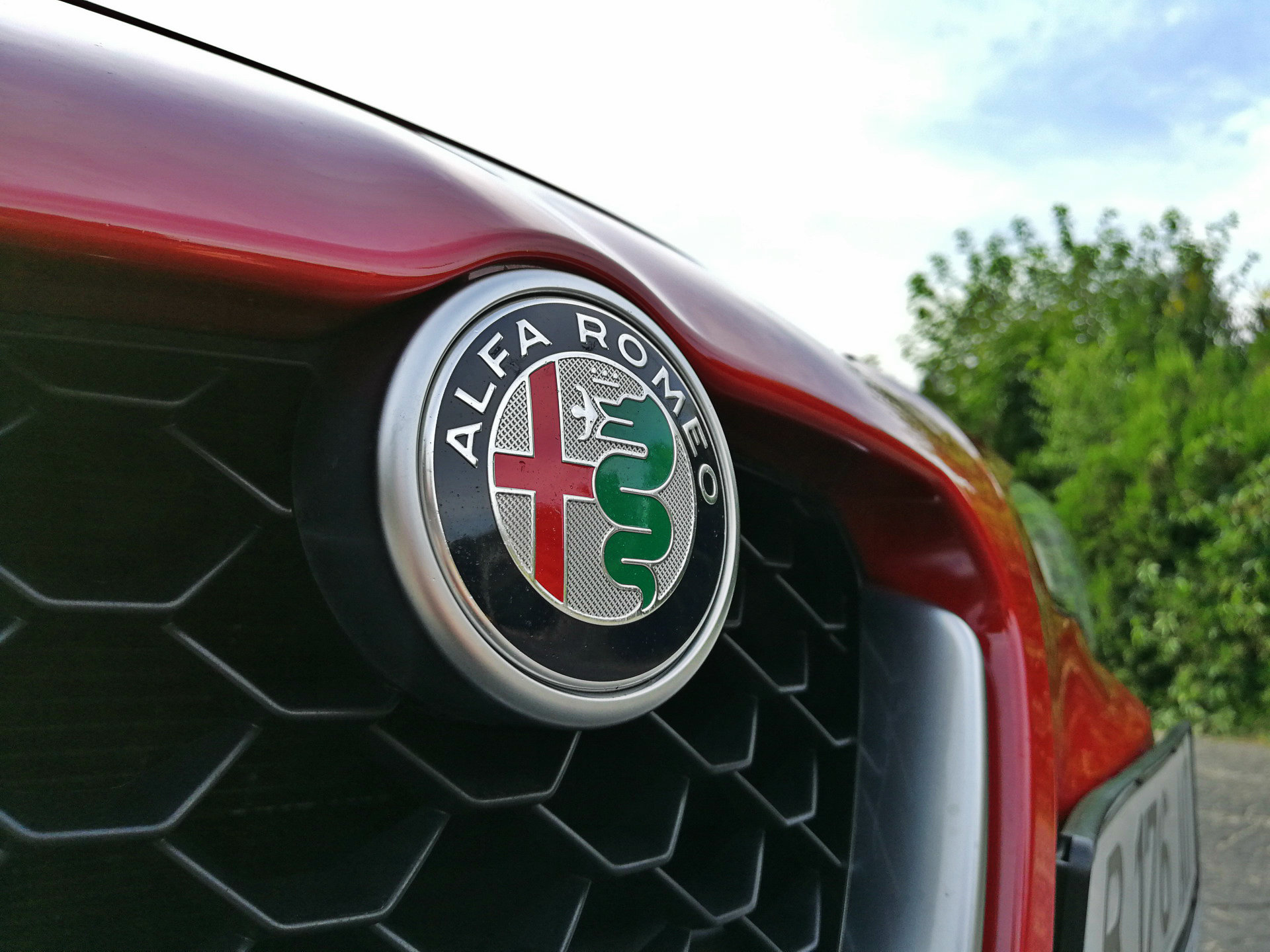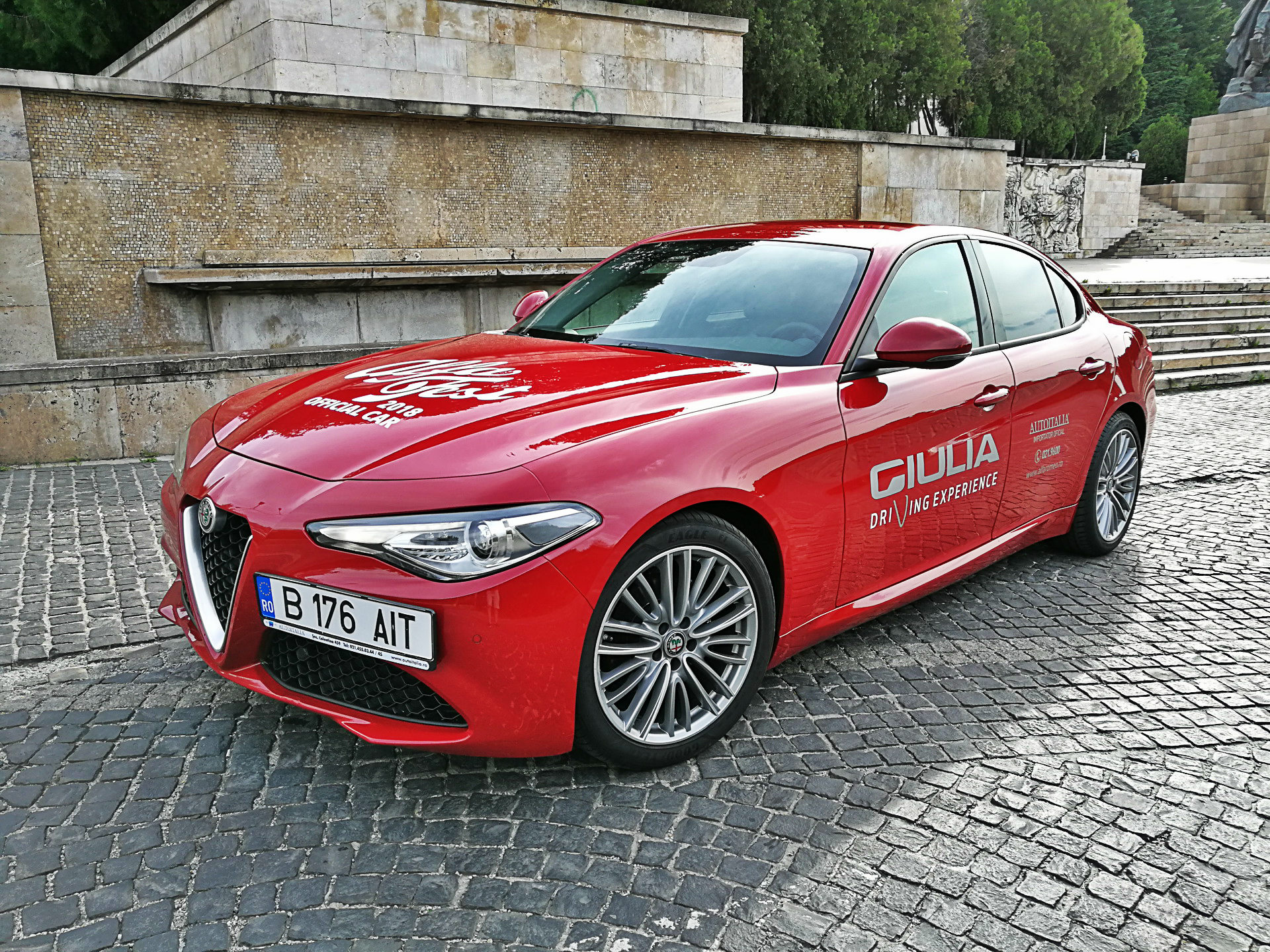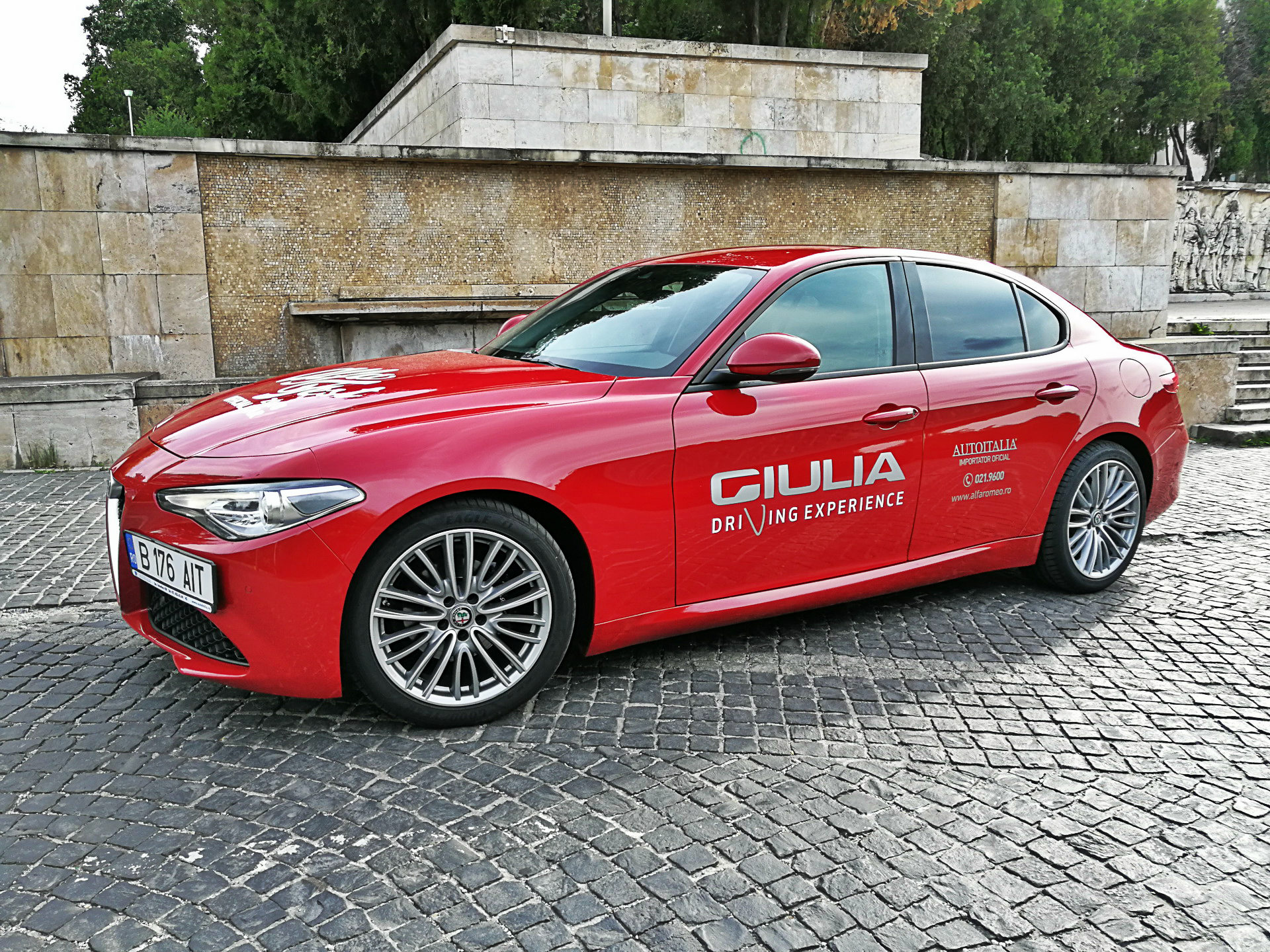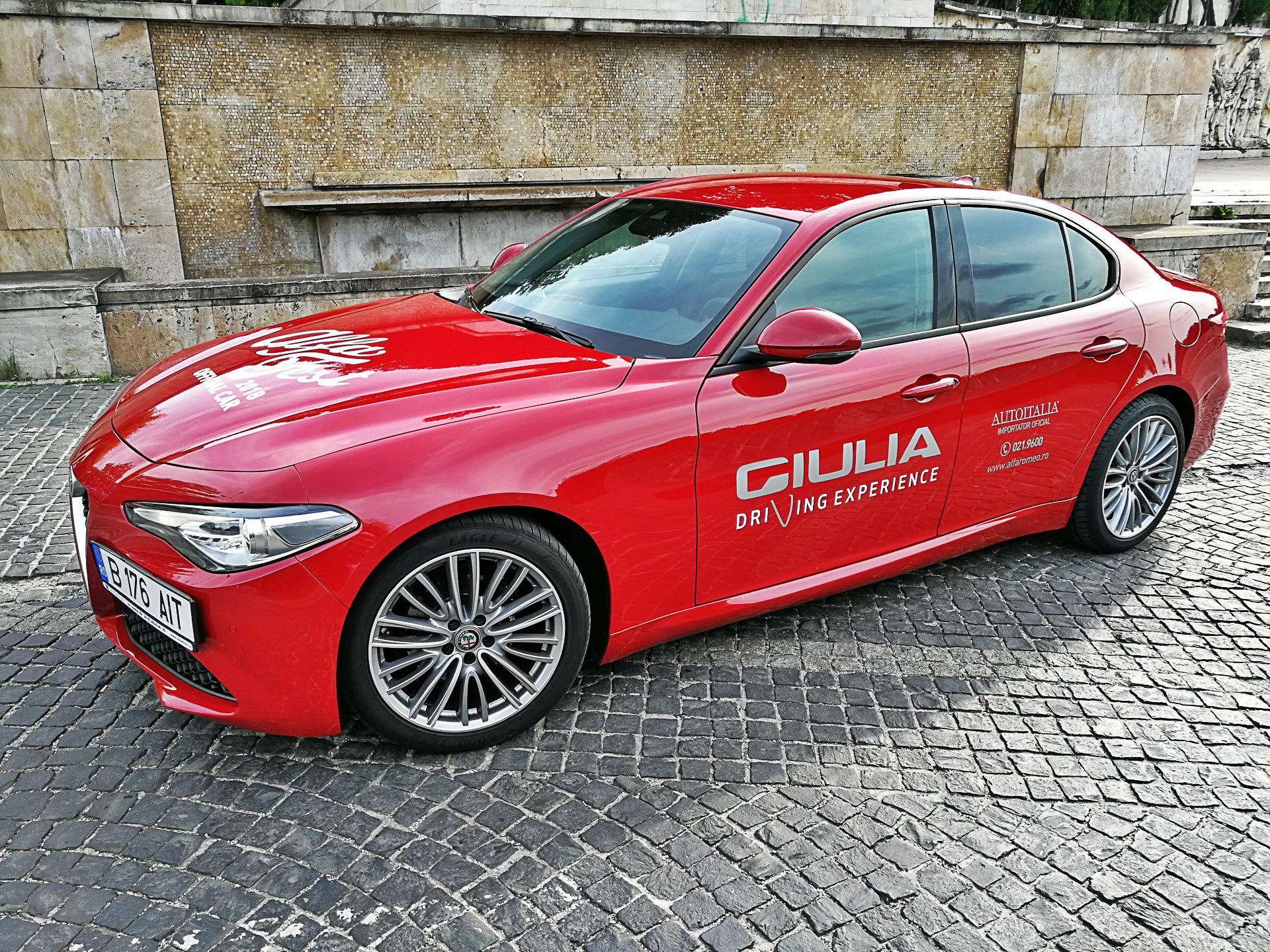It’s already been two years since Alfa Romeo rejoined the executive branch of the D-segment with the Giulia, and by now you probably think you’ve learned pretty much all there is to know about it. But what if you haven’t?
Let’s go back in time a couple of decades, when Alfa was winning international awards left and right for models such as the 147 or the 156. Oh, you forgot about those awards? Don’t worry, only anoraks or Alfa owners still remember them.
The 147 won European Car of the Year in 2001 and the Golden Steering Wheel award in 2000. The 156, on the other hand, won Car of the Year in 1998, along with multiple other accolades courtesy of pretty much any journo out there with petrol coursing through their veins.
Driving enthusiasts love Alfa Romeos, and whenever a new model comes out, most people will jump right into how great it looks or how sporty it is to drive, while reminiscing on how much fun they had the first time they drove a 147 or 156.
Well, here’s the thing: I never drove a 147. The only memory I have of it is watching it crumple like an accordion in one of those old crash test videos. As for the older 145 and 146, my idea of something sporty at the time had Cosworth written on it. In other words, I never was an Alfa fanboy and I couldn’t care less if the new Giulia drove like a 458 Italia on the twisty bits if the rest of the experience wasn’t up to par with what the Germans are doing in the segment.
The Confusion
I’ve been doing this for a long time now, so I’m used to jumping in and out of new cars. I’m also very used to German and Japanese ergonomics, so the first time I got behind the wheel of the Giulia, I didn’t have the easiest time fiddling with the infotainment system, shutting off the Stop/Start function or having to reach past those massive (but cool) steering wheel paddles in order to operate the turn signal stalk (annoying and unnecessary).
And why are the lights that indicate when the doors are locked so darn bright and large? At first I almost thought those were the Blind Spot Monitoring System lights, something the car wasn’t even equipped with.
Then I turned my attention to the build quality. Those lower center console and door panel plastics are slightly inferior to the competition. Surprisingly, though, I didn’t mind the spongy stuff on top of the dashboard that looks pretty nice.
Coming Around
Everything you just read happened over the course of 30 or so minutes. I had just picked up the car and drove from point A to point B in bumper to bumper traffic. I’m probably forgetting one or two other annoying things about it (just remembered one: a slow-to-respond climate control), but it’s about time I start telling you how the whole story got flipped around for me.
As I began driving it, I never even realized that the seating position was just blissfully perfect, visibility was great, and that the car was just as easy to maneuver in heavy traffic as any of its competitors, something the old 159 couldn’t pull off. Those things dawned on me that very evening.
On To The Good Stuff
While looks are always debatable, I happen to agree with most people when it comes to the Giulia’s appearance. It has a real pretty exterior and a sporty and driver-focused interior, which, to be fair, is more than alright quality-wise. It does indeed give you that premium feel you’re looking for with this type of car, at least in most places.
Going back to the exterior, however, here’s something you may not have read/heard about much: the new Giulia is very wide. At 1,860 mm (73.2 in), it’s wider than all of its rivals. By comparison, an F30 BMW 3-Series is just 1,811 mm (71.3 in) wide, whereas the current Mercedes C-Class has a width of 1,810 mm (71.2 in).
Don’t be fooled into thinking that it doesn’t matter, because you definitely get a sense of it while driving the car, as it feels slightly more substantial, more like a mid-size saloon rather than a compact executive. In fact, the Giulia has the exact same width as an F10 BMW 5-Series. Chew on that for a minute or two.
A Great All-Rounder
Aside from being the widest car in its segment, the Giulia is also the lightest. The 180 PS 2.2-liter diesel version tested here weighs just 1,520 kg (3,351 lbs), and here’s how it compares to BMW, Mercedes and Jaguar rivals with similarly powered diesel engines, rear-wheel drive and automatic transmissions: BMW 320d – 1,525 kg (3,362 lbs), Mercedes C220d – 1,585 kg (3,494 lbs), Jaguar XE – 1,640 kg (3,615 lbs).
I actually went into this review without knowing what to expect. I even made an effort not to go back and read up on it or re-watch any of the initial reviews I saw back when it first came out. So, all things considered, this is a truly impressive product.
Again, by no means is the Giulia perfect. It doesn’t have the highest-quality interior, nor the best infotainment system in its class. And wind nose is really an issue; I hope they fix that when they come up with the facelift.
But other than that, you just have to tip your hat to Alfa Romeo. This is the most agile, fun-to-drive car in its class, while also being just as comfortable, practical, roomy and easy to live with as an Audi A4 or a Mercedes C-Class. You’d think that a saloon that’s sportier than a 3-Series or a Jaguar XE would automatically be horribly stiff and dreadful over bumps and potholes, yet the Giulia offers you the best of both worlds. Have your cake, eat it and love it.
This Is The Giulia You Want
I drove the Giulia in Super spec, featuring rear-wheel drive and a bit over €13,000 ($15,100) worth of optional goodies, like leather upholstery, run-flat tires, 18-inch 10-spoke alloys, black calipers and a multitude of equipment packages.
Do you really need all of those? Probably not. But I would suggest opting for the Drive Assistance pack, as well as the Sport pack, because the former will aid you while parking what is, essentially, a sizeable car, whereas the latter adds the sports leather-wrapped steering wheel, the aluminum pedal pads, aluminum cabin trim and bi-xenon headlights. Another good addition is the Performance pack, which adds a limited slip diff and active suspension. You want to have fun driving it, don’t you?
The point is, don’t be afraid to make it as dynamic as possible via its options list, because in the end, you still get an extremely well-balanced product that’s as good while going around a corner quickly as it is cruising around town at low speed or cruising the highway.
As for the car’s 2.2-liter 180 PS (177 HP) diesel unit, if you live in a part of the world that’s used to oil-burners, I reckon this is the engine you want in your Giulia. It’s cheaper to purchase than the 210 PS version, yet it’s still more than quick enough in a straight line. It does 0 to 100 km/h (62 mph) in just 7.1 seconds, only 0.3 seconds slower than the 210 PS (207 HP) diesel and more than a full second quicker than the 150 PS (148 HP) diesel. And while 180 horses may not sound like much, the Giulia makes do wonderfully well thanks to its lightweight body, epic, best-in-class steering feel and fast-shifting 8-speed automatic gearbox.
If, on the other hand, you reside in a place where diesels aren’t available, you’ll have to make do with one of the turbocharged petrol units, and if you’re in the States, you only have the 2.0-liter, 280 PS petrol four that’s really impressed us in the Stelvio, or, if money is no object, the Ferrari-developed, 510 PS 2.9-liter V6 in the Quadrifoglio. In any case, while availability and pricing (as well as equipment) might vary according to the market, the planted chassis, superb steering and great styling all come as standard – and that makes the Giulia a winner.



